Some of the mushrooms KG and I found in Epping Forest. We managed to find loads of field blewits, which are edible (and delicious)!
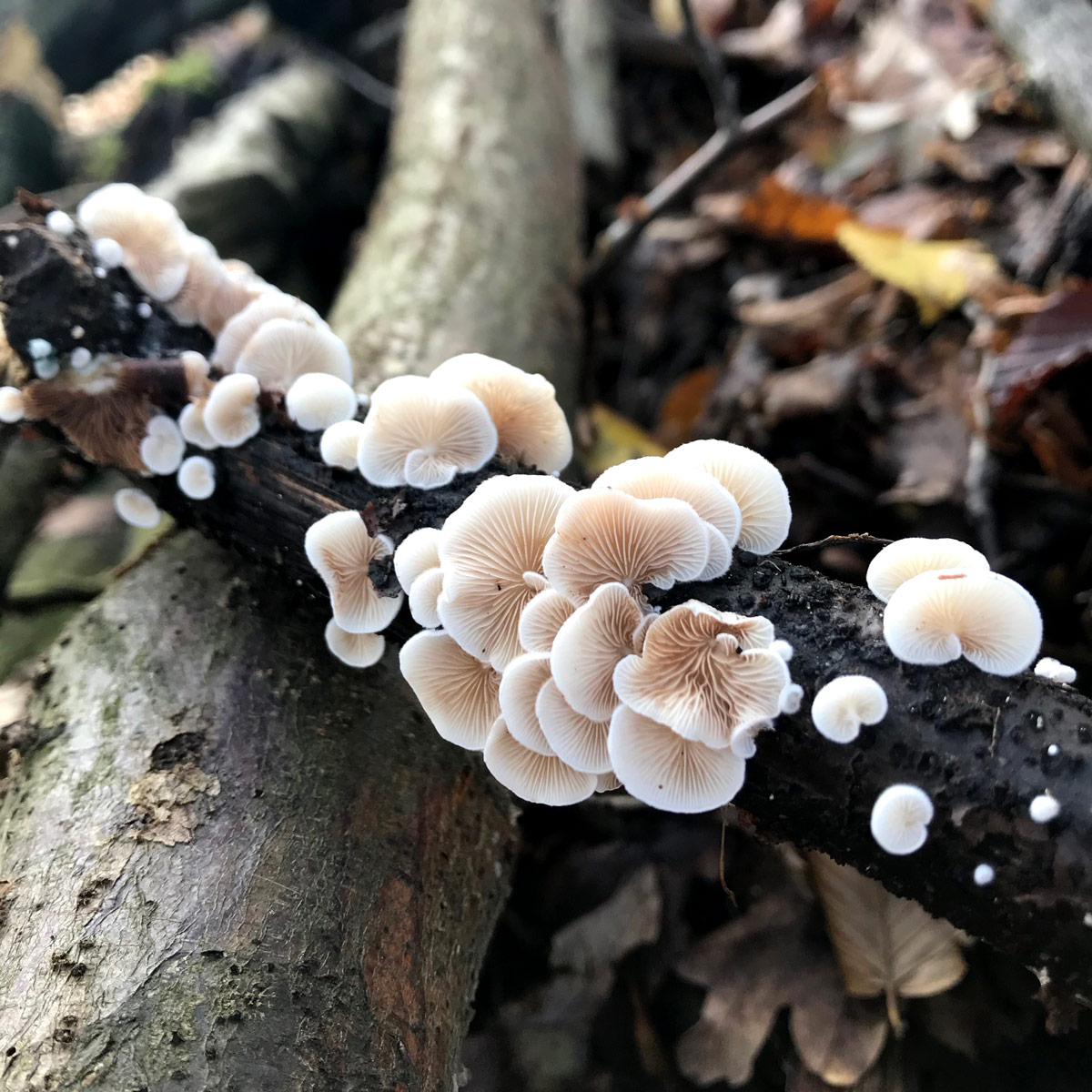
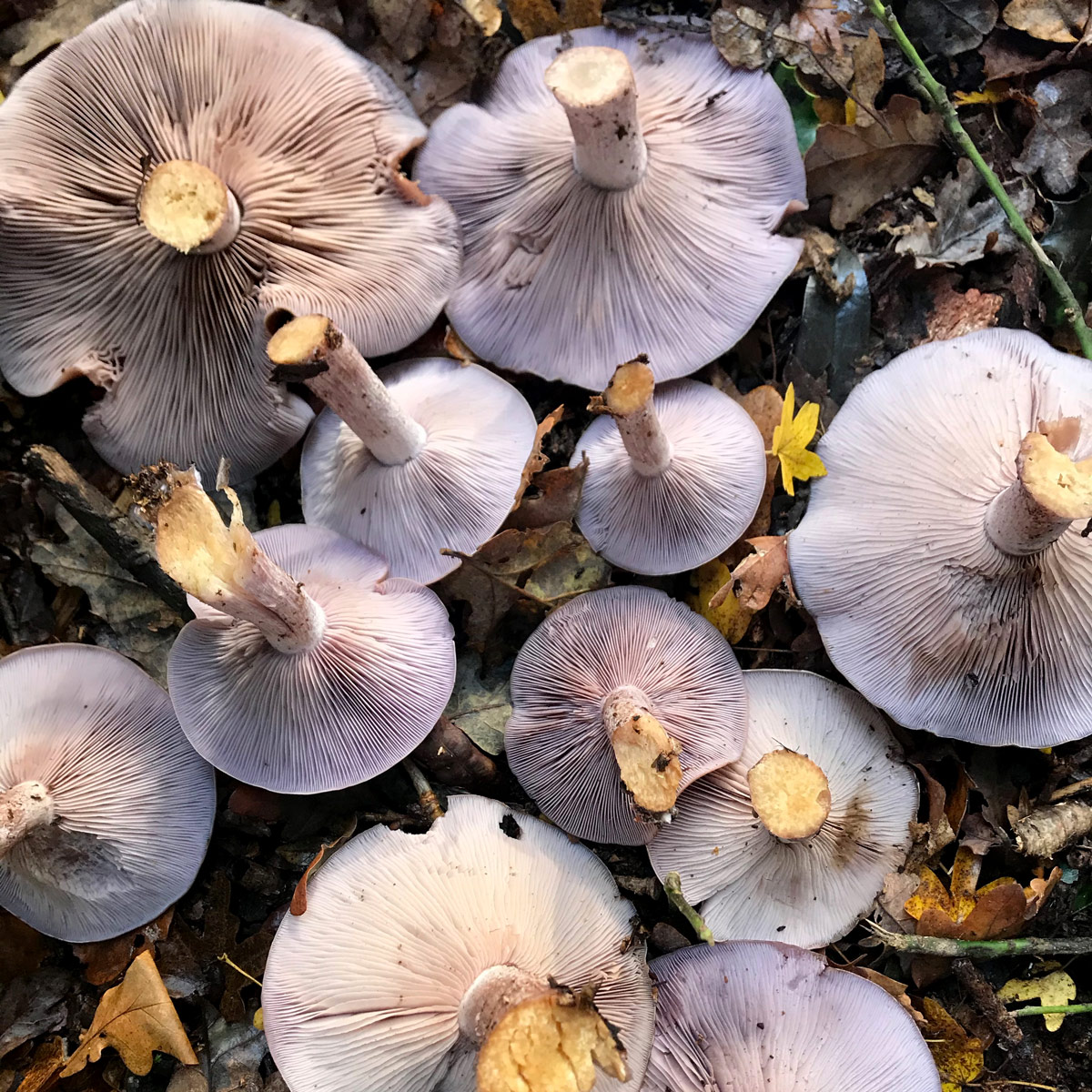
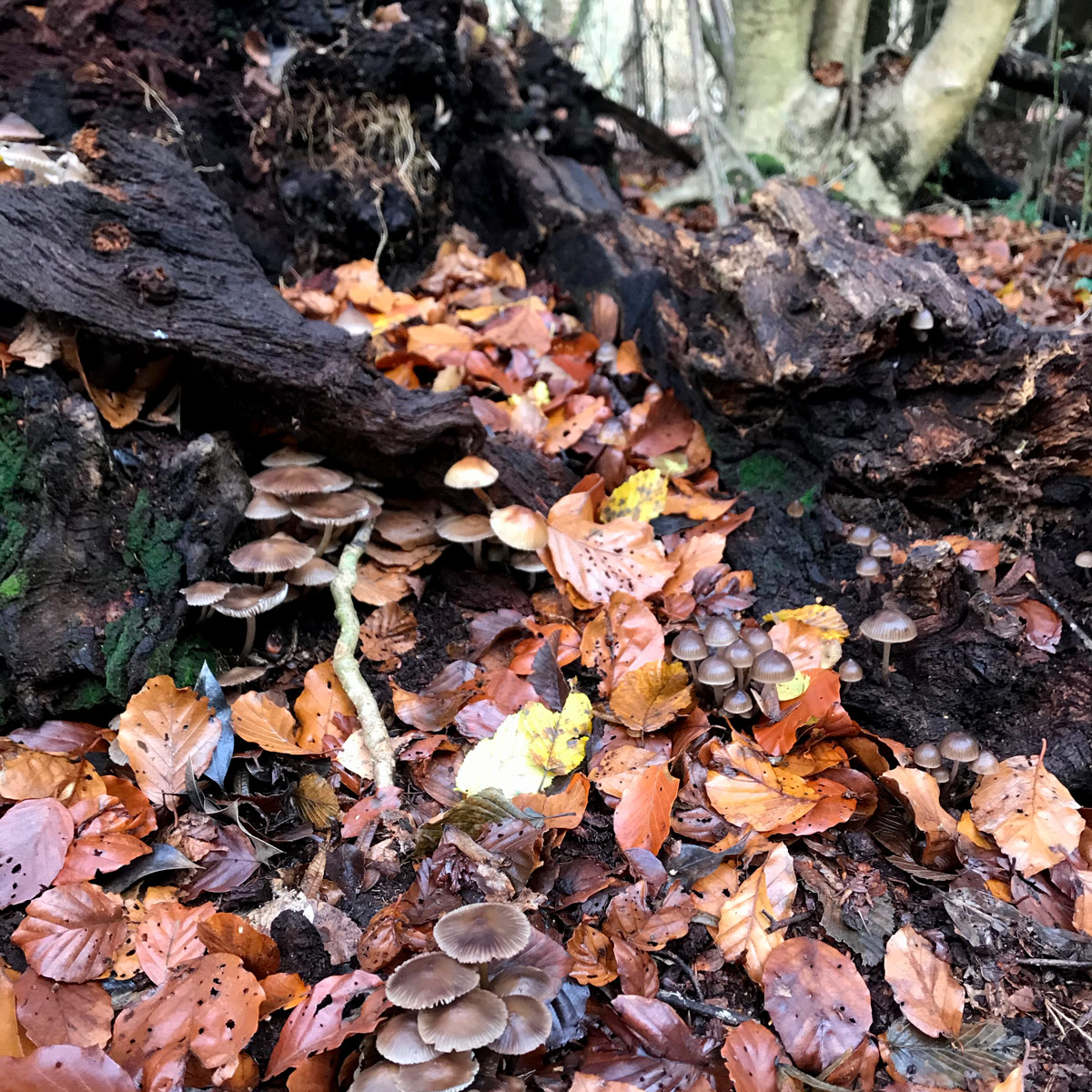
Some of the mushrooms KG and I found in Epping Forest. We managed to find loads of field blewits, which are edible (and delicious)!



Minjerribah textures, feat. cute blob, scribbly gum and interspecies crossroads:
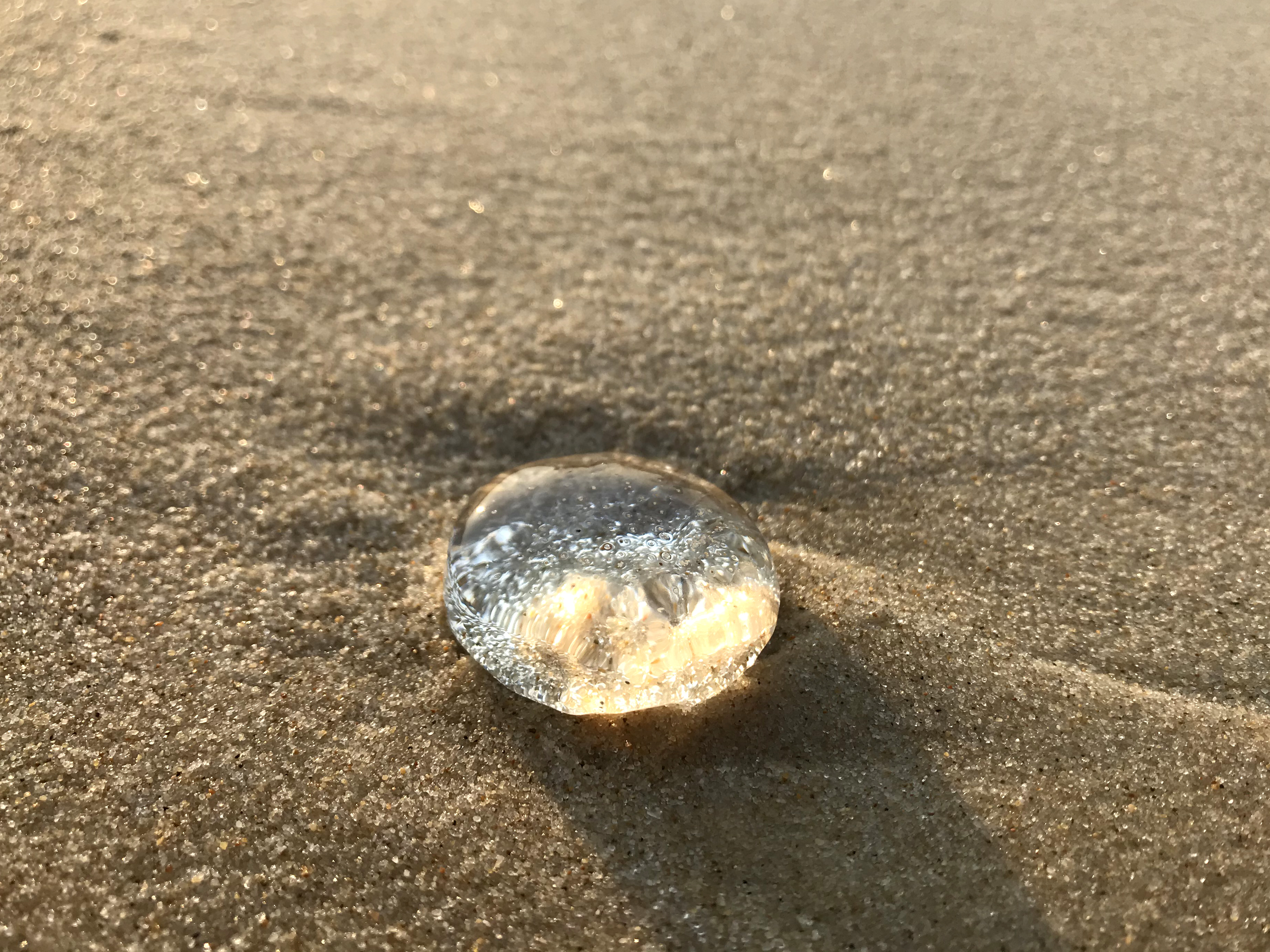
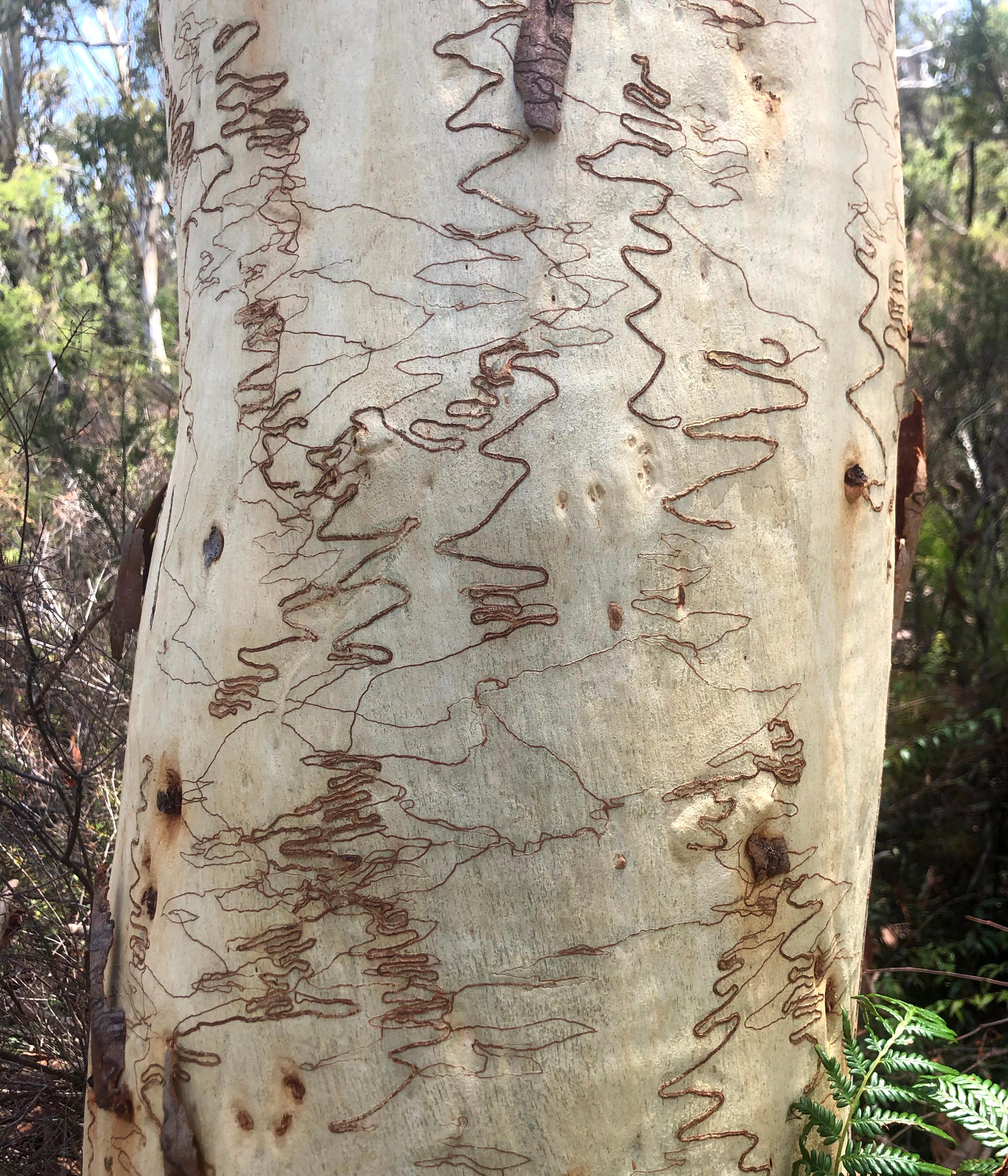

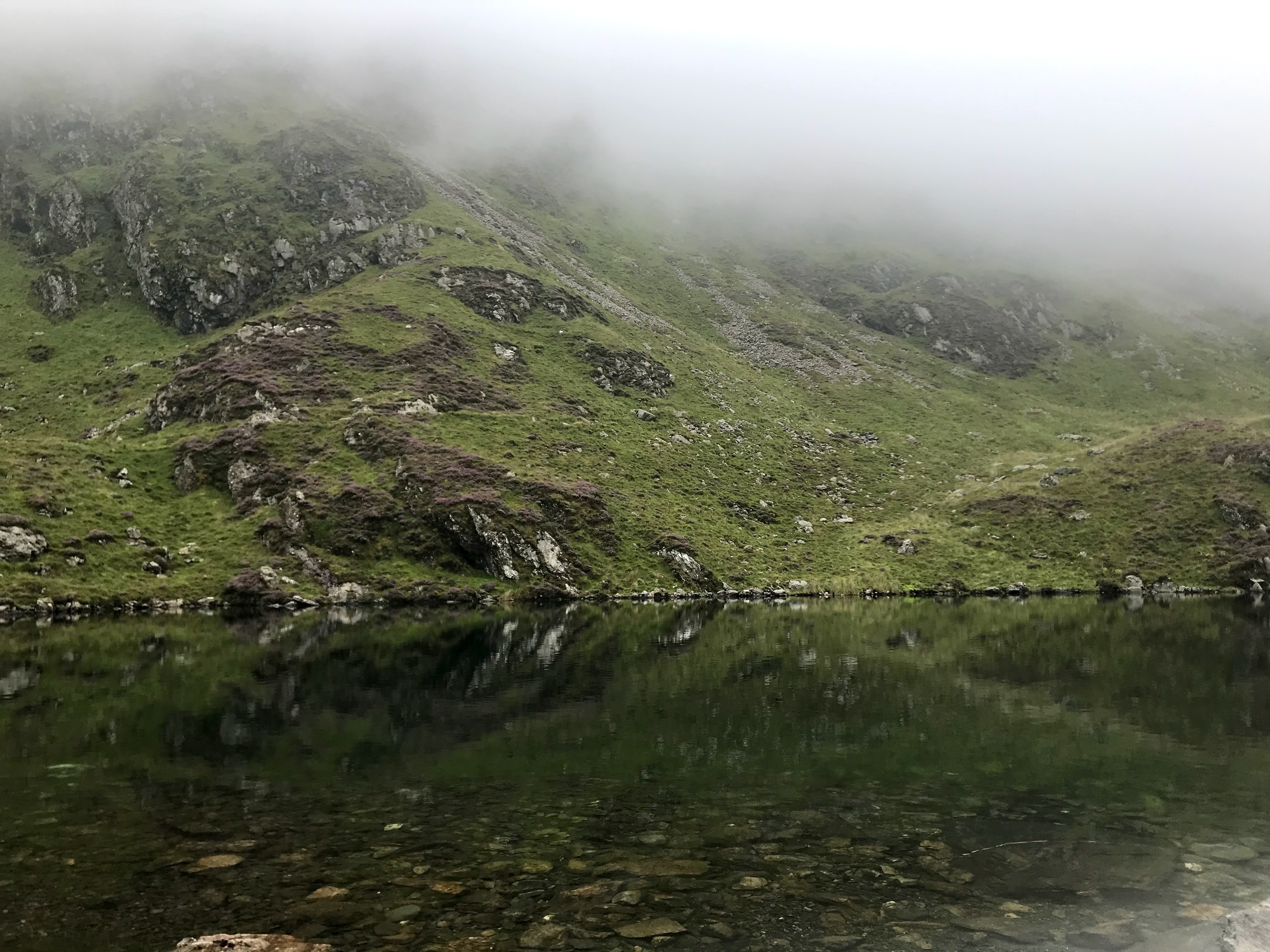
A very misty Llyn Cau, halfway up Cadair Idris in Wales.
We hiked most of this trail through low clouds. We noticed it getting warmer as we got closer to the peak, and then suddenly we were above the clouds and in brilliant sunshine.
We made a last minute decision to spend a month on La Gomera, one of the Canary Islands. After six months of rarely travelling outside north London, it feels surreal to be in such a different environment*.
The island is small, roughly circular and very mountainous. This weekend we went for a hike in Garajonay National Park, which was such a contrast to the valley where we’re staying.
The mountains catch the clouds blown in by the trade winds, which means the centre is covered in subtropical forest, called laurisilva. This is the largest remnant of the type of forest that once covered much of Europe and North Africa. It’s quite amazing to wander through… the trees are dripping with lichen and water droplets.

*This is also the closest you can get to the antipodes of Queensland, so I feel right at home.
I read Jay Springett’s 2020 retrospective and thought I might have a go at writing one too.
Read moreWe got some film from last year developed and I love the photos so much. Friendship ended with iPhone camera!
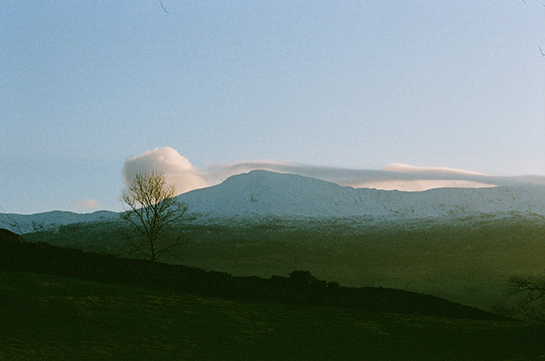


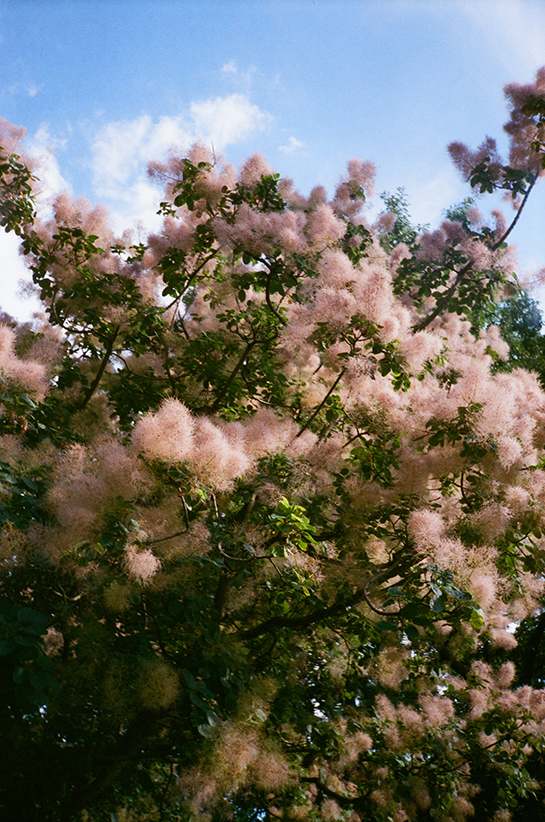
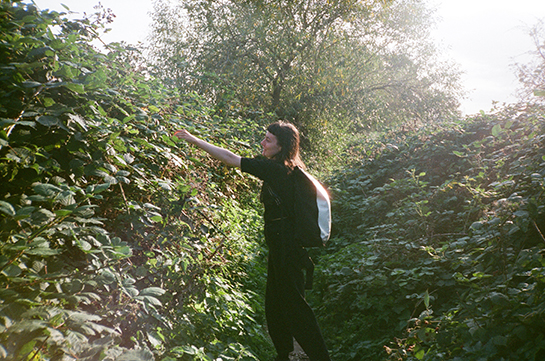
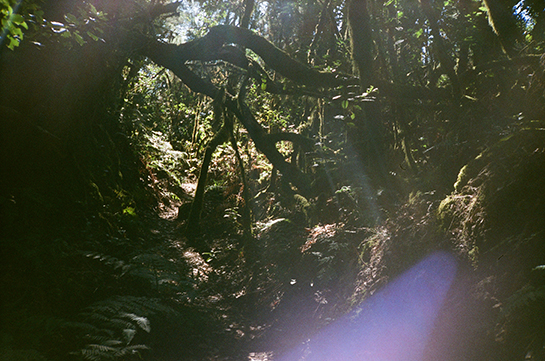
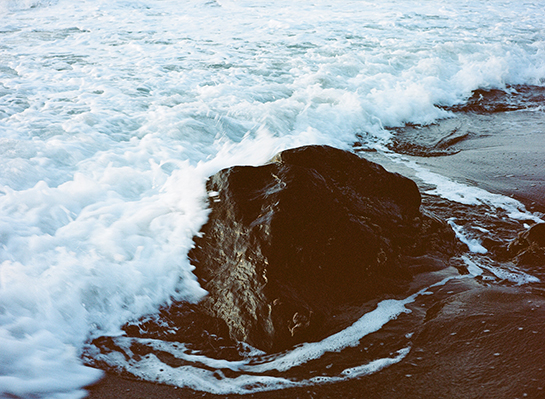
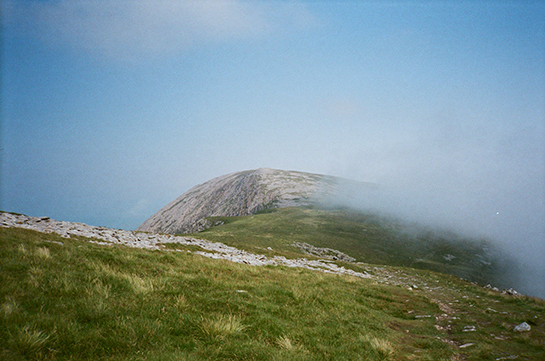


Most of these are probably taken by HM.
How and I went back to Australia for about three months during Southern Hemisphere summer. Now we’re back in the UK, enjoying the spring, seeing friends and family and cooperators, discussing lots of books and dreaming about what to do next.

This was by far the longest I’ve spent back there since I left ten years ago. I feel so grateful to have a place like that to go back to, to have the freedom to move, and to see friends and family for the first time in two very strange years.
We mainly stayed in Melbourne and worked remotely, which was a whole new challenge with an 11-hour time difference. We did also go to Queensland to see family, Minjerribah (our usual holiday spot when I was growing up and one of my favourite places in the world), Lennox Head and Brunswick Heads in northern NSW, and Tasmania.
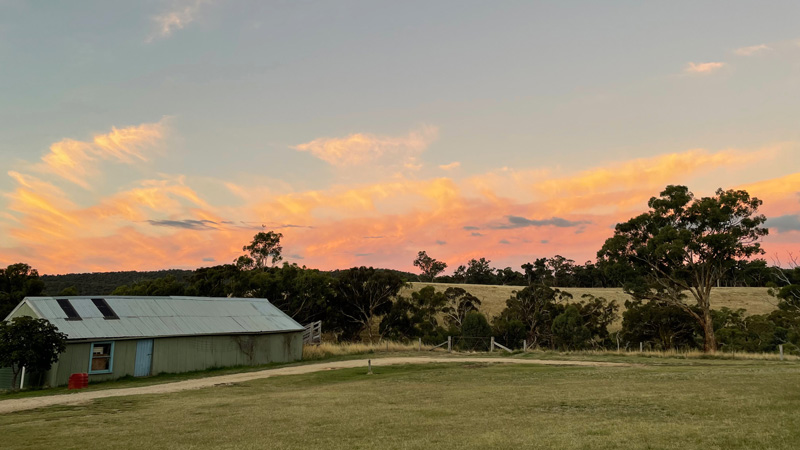

Visiting Tasmania was one of the highlights. It was my first time there and I was so in love with the natural beauty. It’s one of the first places in the world that’s gone carbon negative as they’ve shut down one of their big logging mills, so now their native forests absorb more carbon than the whole state emits. We saw so many animals there that don’t exist anywhere else.

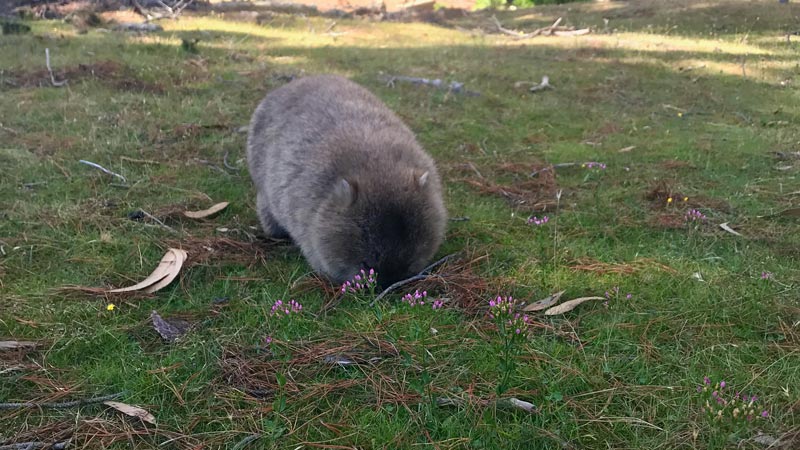
We stayed for a week in a tiny house outside of Hobart. It was so dreamy: a huge window at the front looking out to the bay. They had an outdoor bath where you could look up into the eucalypts filled with birds.
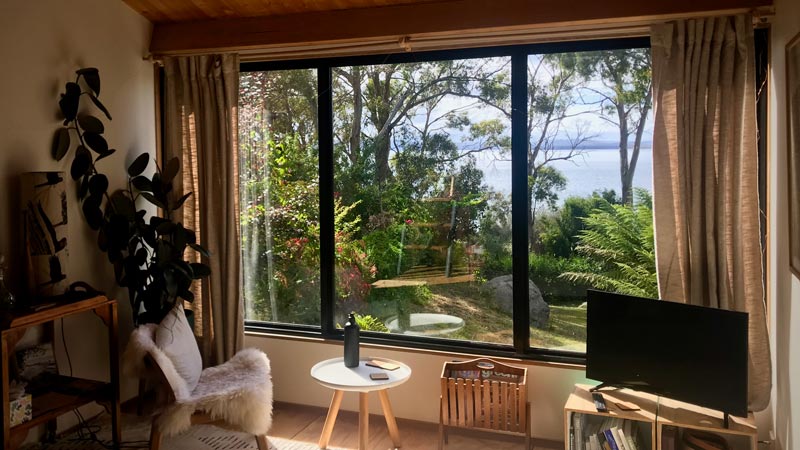
One of our favourite parts of this trip was visiting Paprika and Benjamin in Launceston. They and their house full of books and garden full of veg really inspired us when thinking about how we want to live and where we want to go next.
The worst part of the trip was getting caught in the terrible East Coast floods and having to spend a week in an evacuation centre. More on that in another post, but it was a really intense, visceral reminder of the kind of world that we’re heading towards (that we’re already living in). The depressing thing is that the area flooded again about two weeks after we were there, and now Queensland is flooding yet again.
Now I’m back in London staying with friends while we work out what to do next. It is a joy to be here again, to spend time with people that I’ve barely been able to see for so long.
How and I spent last weekend in a place called Praktyka in Devon and came back very inspired. They spent 18 months travelling the world and visiting other places like retreats and cooperatives to define what kind of space they wanted to build together. I’m really excited to see how it develops.
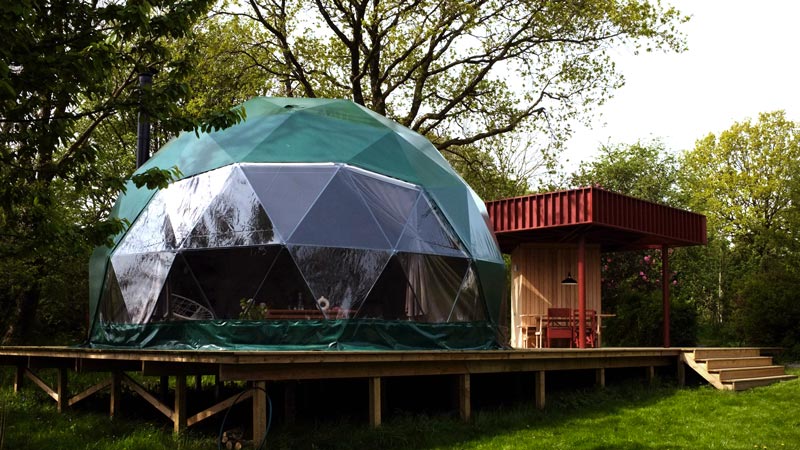
We’re definitely still in dreaming/planning mode, but How and I are hoping to find somewhere like this that we can make our own, to build a space where we can have friends visit, grow a garden, run a residency and maybe some type of event/community space.
Realistically we’re going to have to move out of south-east England to do this, so it’s been fun to explore the different options of where we could live. We’re hoping to spend some time over summer visiting a few places that are doing similar things in Italy and Spain.
I’m a little nervous of moving out of a city for the first time, particularly one where I have so many connections and there are so many opportunities. But we just feel so excited about the potential of a project like this. When I think about the times that I have been the absolute happiest, it would be summer 2019 when I stayed at Casa Sasso in Gambarogno and with Brave New Alps / La Foresta in Roverto. I just want that but… all the time.
Capital moves people around and draws them to the center: to find your luck you are urged to move from the village to the town, from the town to the regional capital, and from there to the metropolis. […] Resisting capital’s demand for constant movement is for some designers a strategy against precarisation.
Being exposed to precarity implies a constant temporariness, a constant flux of building and abandoning social and material structures, thus missing out on the possibility of creating interlinking infrastructures that can take us and others beyond precarity, infrastructures that can support critical practice through dire times.
– from Design(ers) Beyond Precarity: Proposals for Everyday Action by Brave New Alps
I’ve joined two remote reading groups. Both are open to join if you’re interested, dear reader.
One of them is Rererereading Group, which Paprika and Benjamin invited us to. So far we’ve read Blockchain Chicken Farm, which I enjoyed a lot, and The Question Concerning Technology in China, which I found too complex and philosophical so have dropped out for the time being. I have really enjoyed the calls that I have joined though – it’s just so fun to discuss a text so deeply with a small group and to deepen our understand together.
The other is a feminist sci fi reading group organised by Yuli. In our first session, 🌿 Entangling the Forest 🪱, we discussed Ursula Le Guin’s The Word for World is Forest, Adam Curtis’ All Watched Over by Machines of Loving Grace and The Daoist Yin Principle in Ecofeminist Novels by Amy Chan Kit-Sze.
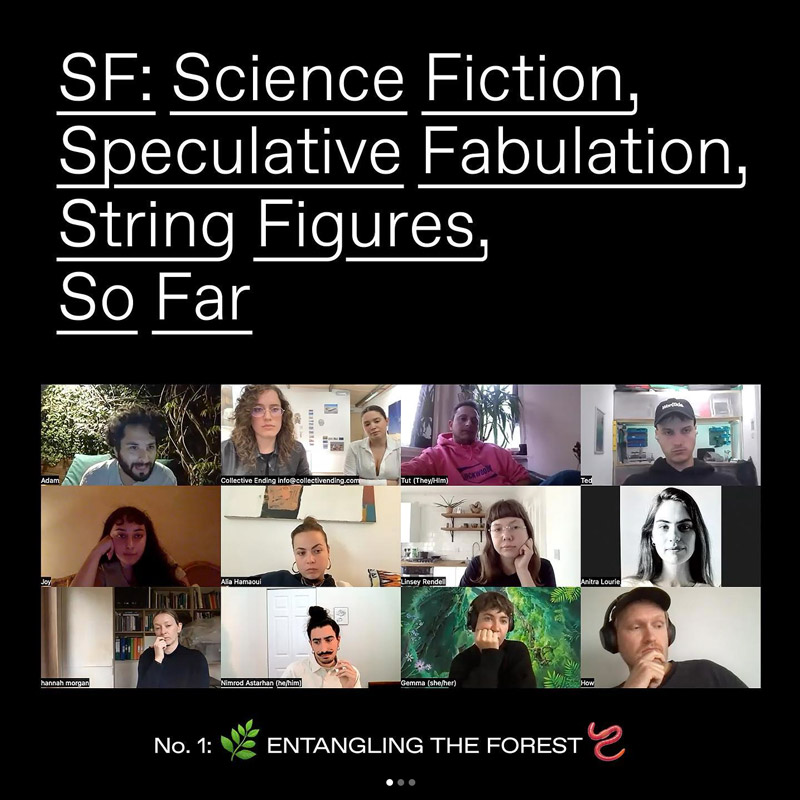
I usually hate after hours Zoom calls as it feels too much like work and even during remote lectures I end up zoning out. But I just found this session so engaging and fun. More exciting than a lecture because there wasn’t any hierarchy – just a group of people exploring ideas together. Yuli did a really great job curating the readings so there was so many interlinked topics to dive into which made for a very rich discussion.
Lots of Taoist/Daoist themes running through both reading groups. Next I’d quite like to read Le Guin’s translation of the Tao Te Ching.
I just finished reading a book called The Feeling Buddha, so I’m thinking a lot about mindfulness and spirituality. I also started therapy, and all of these things feel like they’re combining in really generative and healthy ways.
One of the nice things about being in London again is being able to spend time IRL with the rest of the co-op. We’re working from a space called Pelican House now, which is full of other left organisations like The World Transformed, Green New Deal Rising, Autonomy and London Renters Union.
The space got off to a bit of a slow start due to the pandemic, but it’s feeling more convivial now as people settle in. The hope is that the building will become a bit of a hub for the left in London.
At the moment, our co-op is trying to work out how to move into a calmer, slower, more abundant mindset. We’ve always had this as an intention, but the sheer amount of projects we’ve been working on and other pressures outside of our control have meant that we’ve slipped into frantic, scarcity thinking.
I feel really lucky (as ever) to have colleagues that are equally committed to thinking about collective care and addressing burnout. It does feel like things are gradually getting better in terms of our work-life balance.
Quite random, but it seems I’ve temporarily slipped into Beatlesmania after watching the Get Back documentary. I’ve never paid much attention to them before, but the film is a fascinating look into their creative process and their group dynamics. Now I can’t stop reading about them or listening to them. (Hopefully it’s just a phase.)
At the moment I do feel a deep despair at climate inaction and the invasion of Ukraine and the (waves hands) state of the world. But then I’m oscillating between that and an intense gratitude for my present and excitement for our future plans. Trying to just ride the waves and direct these feelings towards doing something meaningful and generative with my time.
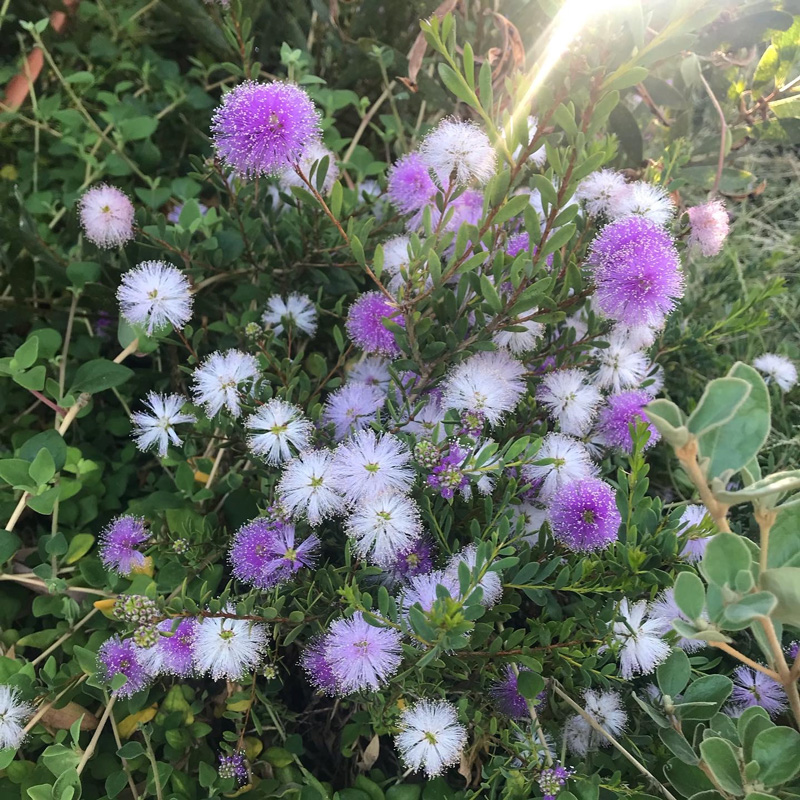
How and I went for a hike in Snowdonia last weekend. Almost 40km of walking over two days. Over the last few months we’ve gradually been collecting all the basic kit you need for multiday hikes: tent, sleeping mats and bags, backpacks, this incredibly compact wood stove.
It was such an incredible hike. The weather was unusually warm and sunny – I just read that Snowdonia is one of the wettest parts of the UK, so it really was unusual. On the first day, we could see out to the ocean for most of the hike. We swam in a pool fed by a waterfall, walked through ferns and forests and across heather-covered hills. There was a tough bit when Komoot decided to take us across a difficult field without a real path, but we managed to find our way back again.
We camped by a lake (Llyn Du) on Rhinog Fawr. I took these three photos about an hour apart around sunset. Entranced by the changes in light over such a short time.
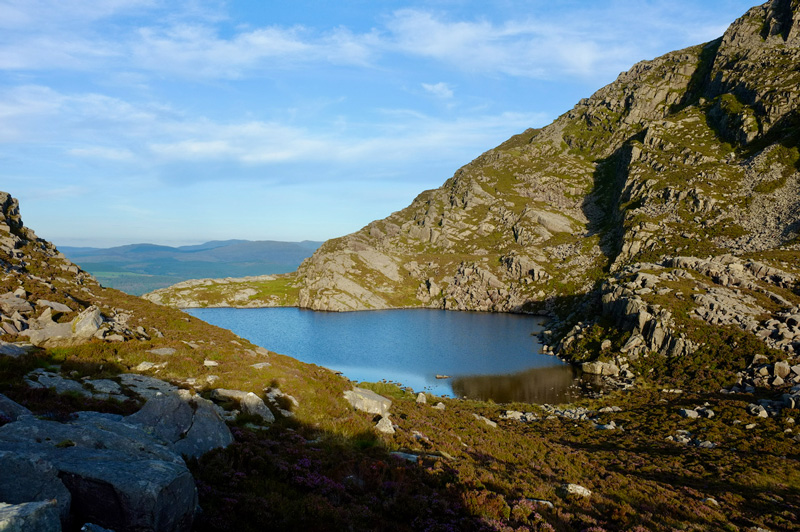
19:50:25

20:42:50
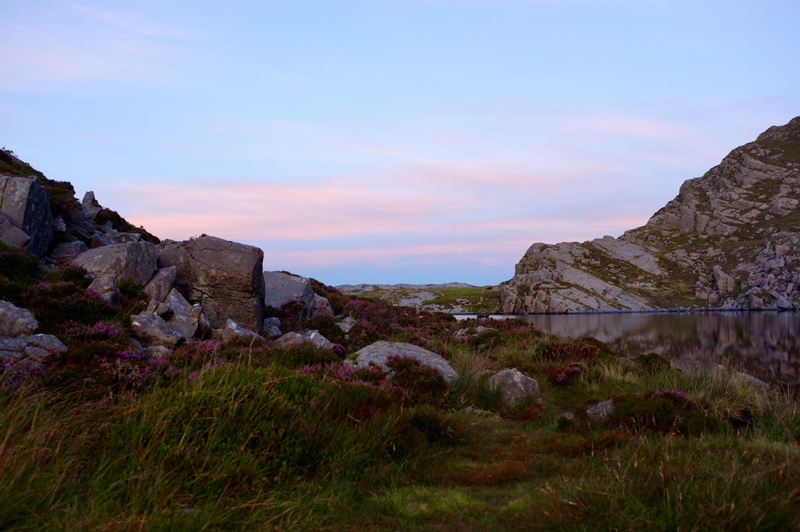
21:04:09
My wonderful friend Linsey made us a guide to Lisbon, filled with natural wine spots and local, seasonal food. Particular favourites were Senhor Uva and Comida Independente. We also stumbled on Bar Boca one night, a tiny natural wine bar in Alfama that does vegan tapas.

One of the highlights was the Atelier-Museu Júlio Pomar. I love his work, so colourful and joyful. The exhibition we saw was all about how he explored narrative and classic mythology in his work.
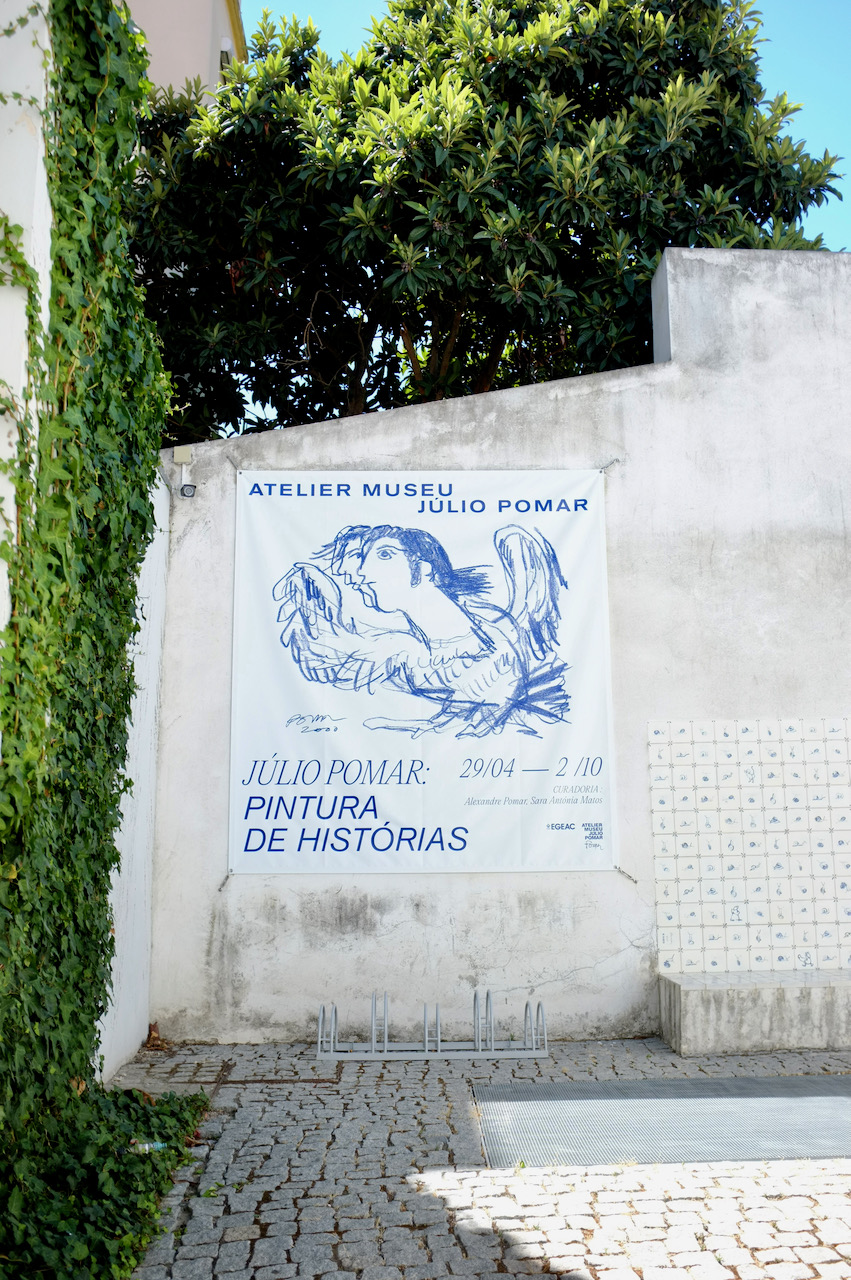

I’ve been really enjoying Panda Bear and Sonic Boom’s new album Reset. When we were in Lisbon I discovered that Panda Bear has been living there since 2004!
At the Palais de Tokyo in Paris, I was pleasantly surprised by a map of the Brisbane River at the beginning of their Reclaim the Earth exhibition. It was part of a series of works by Judy Watson, an Indigenous Australian artist.
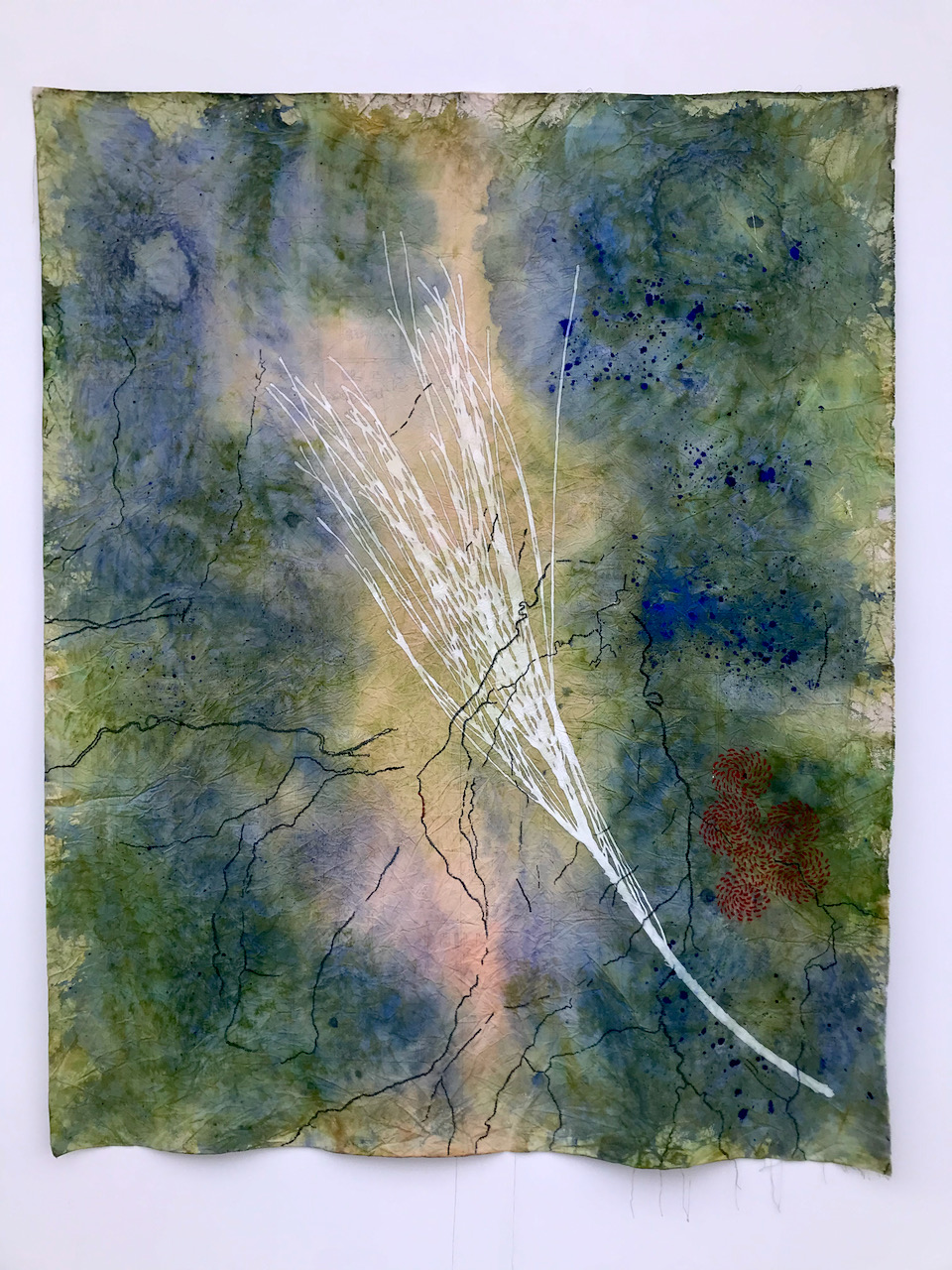
The works all centred around water and its memory, responding to both the history of the Seine and in Queensland. She sources artificial and organic materials to make natural dyes, then lets the pieces evolve in open air and on the ground.
Her creative process leaves room for the accidental and the random, and for the effects of time, environment, and natural material on her work in a context of deep climate change. The artist’s method evolves by working from site and memory, revealing Indigenous histories, following lines of emotional and physical topography.
In Rotterdam, I visited my friend Ben at Extra Practice, a studio space he shares with four of his friends. It’s a wonderful converted shopfront on a corner, glass windows open to the world. Same energy as Evening Class, except it’s amazing how much further you can take it if you do it outside of London.
While I was there, we did a show for their radio station Good Times Bad Times. It was a lot of fun! They’ve just started a new “season” centred on refusal, which linked in really nicely with some of the themes I’ve been thinking about too.
We also visited Varia during their open hours. We were just planning to drop by briefly but ended up staying for many hours – they even cooked us lunch. Really enjoyed hearing about their projects, how they got started, what they’ve been thinking about.
So excited to see the new Nightjet trains from OBB. They look so cozy! I would be happy to never set foot on a plane again if I could just travel around on one of these.
Love this quote from a recent Kim Stanley Robinson interview:
Nature and natural are words with particular weights that are perhaps not relevant now. We are part of a biosphere that sustains us. Half the DNA in your body is not human DNA, you are a biome like a swamp, with a particular balance or ecology that is hard to keep going – and indeed it will only go for a while after which it falls apart and you die. The world is your body, you breathe it, drink it, eat it, it lives inside you, and you only live and think because this community is doing well. So: nature? You are nature, nature is you. Natural is what happens. The word is useless as a divide, there is no Human apart from Nature, you have no thoughts or feelings without your body, and the Earth is your body, so please dispense with that dichotomy of human/nature, and attend to your own health, which is to say your biosphere’s health.
I just read Walkaway by Cory Doctorow and really liked it. It felt clunky in parts (often this kind of idealistic sci-fi does) but I enjoyed a lot of the themes: post-scarcity, anarchism, refusal of bullshit jobs, open source everything, mutual aid.
He wrote a short article in Wired about it: Disaster Doesn’t Have to End in Dystopia.
One of the phrases that has been rattling around in my head after reading it is “slicing time thick”:
Even after years of walkaway, she was used to slicing time into rice-paper slices thin enough for one discrete thing, before moving onto the next. Most of the time, she rushed to complete this current moment before the next thumped the door. Every adult she’d known matched that rhythm, the next thing almost upon them, the current one had best be taken care of in haste. Etcetera sliced his time thick.
It’s something I’ve been trying to focus on over the last few weeks. I’m thankfully on holidays now, but in the lead up to my break I was feeling so burnt out and overwhelmed. The more exhausted I got, the more I would scramble around rushing through tasks and not doing a good job of anything.
I’m trying to focus on moving very slowly, not planning too much, not expecting too much of myself. Easier to do on holidays, of course, but I want to find ways to bring this slowness with me once I go back to work.
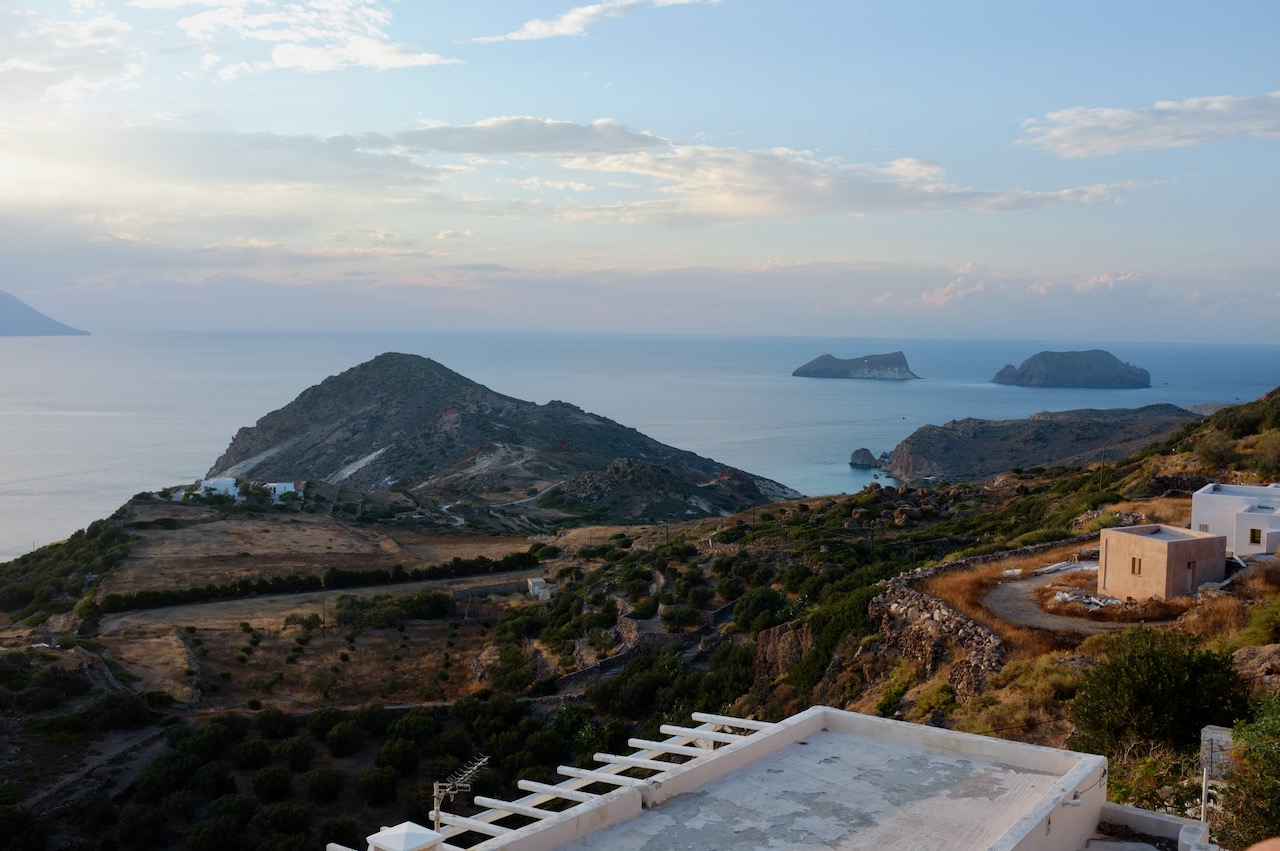
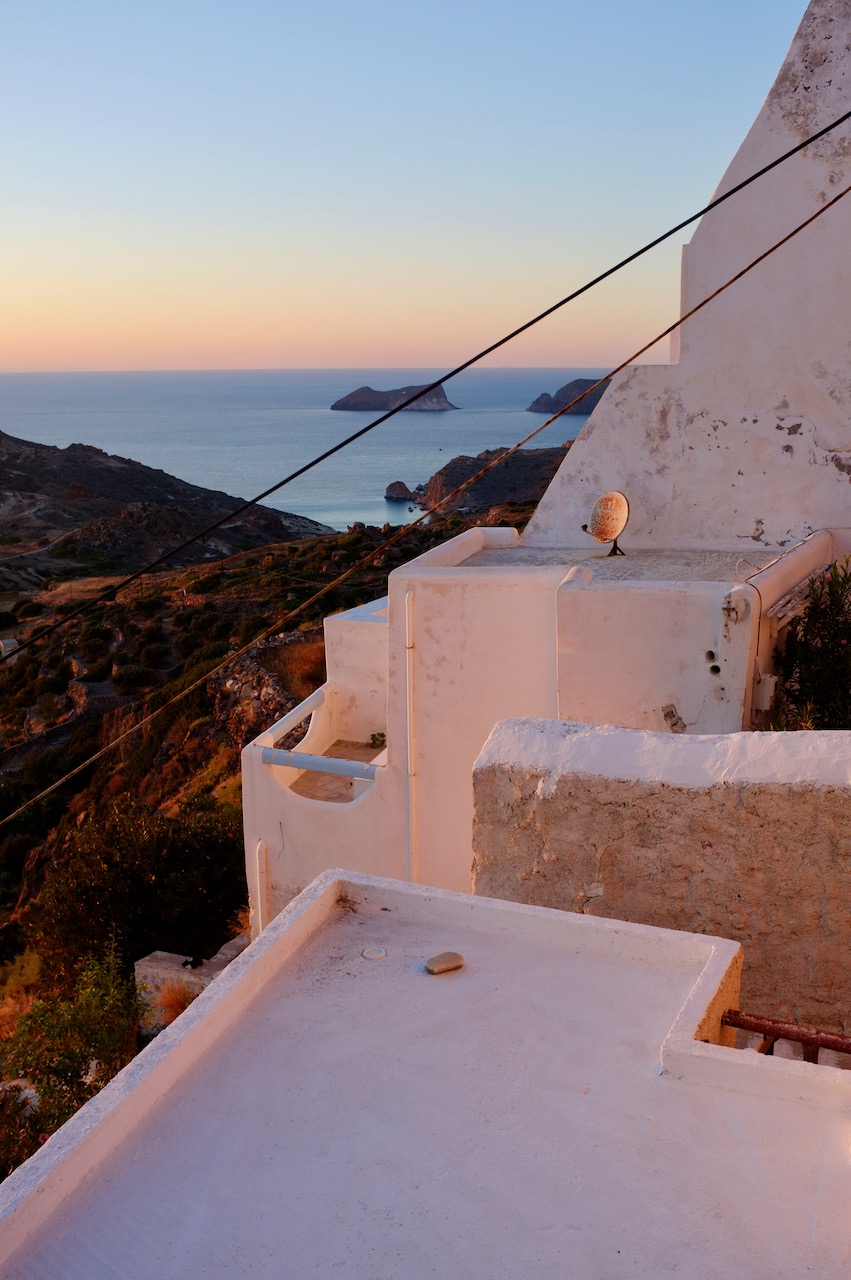


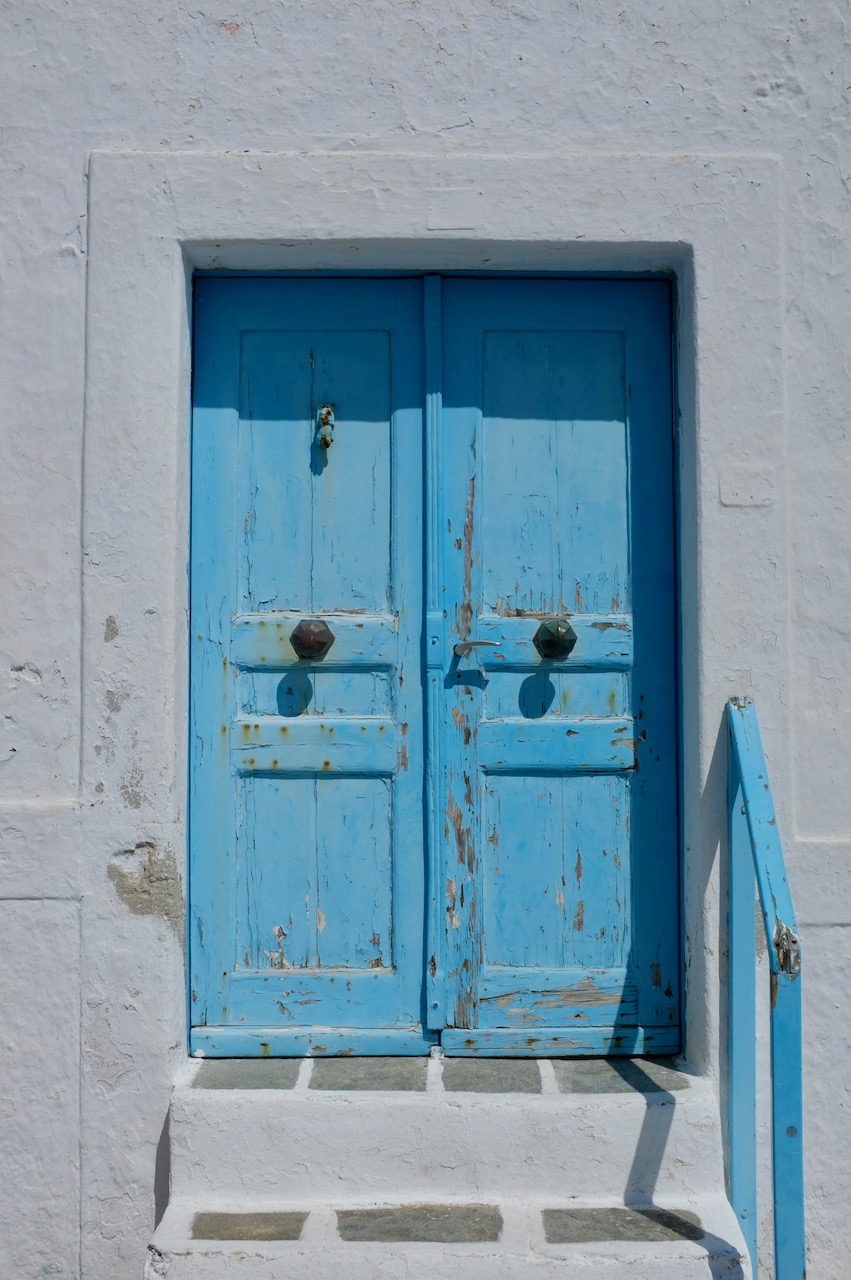
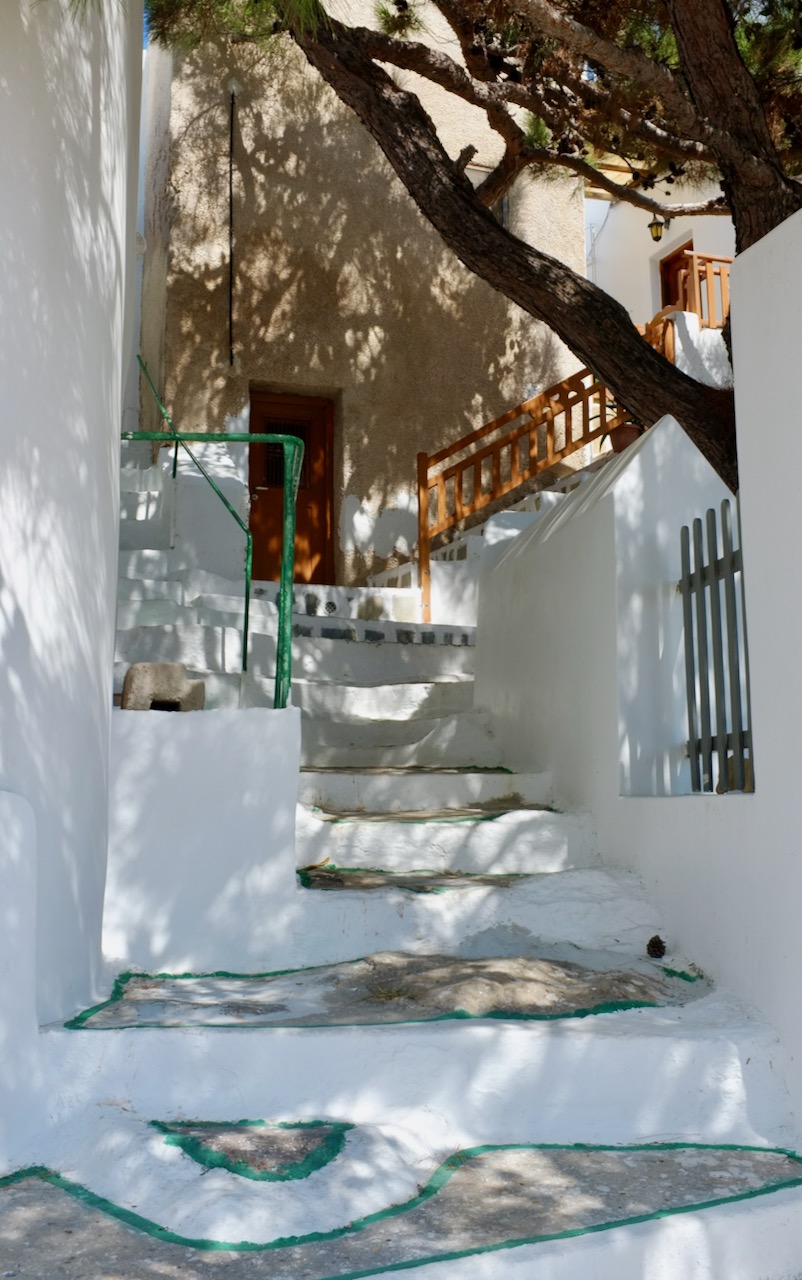



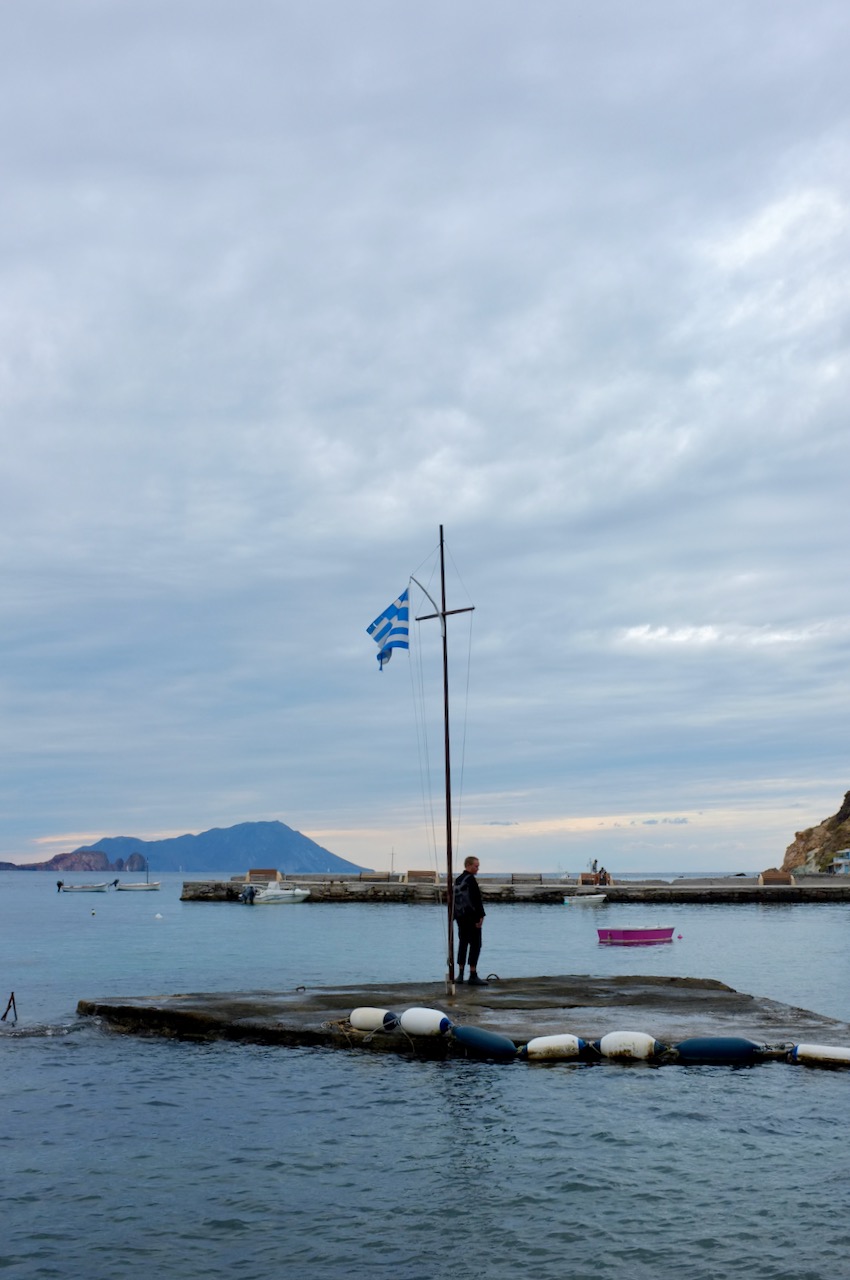
October is mushroom season! Last Saturday was particularly bright and sunny after a few days of rain, which is perfect for mushrooms. We went to Hampstead Heath with a few friends who forage mushrooms regularly.
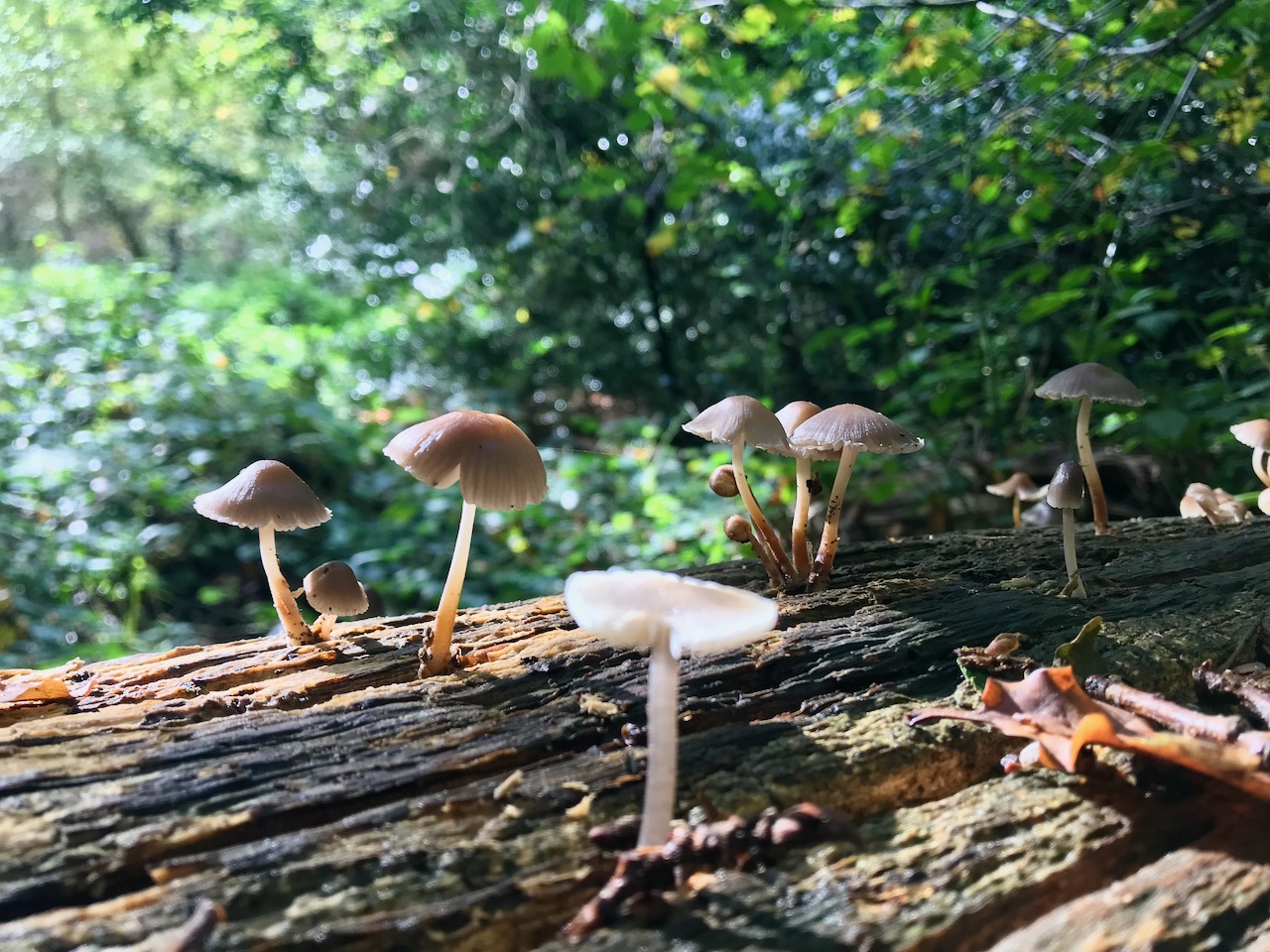
We were lucky and found so many different varieties including honey fungus, black-staining polypores, laughing gym, curry-scented milkcap, fruity brittlegill, porcelain fungus, shaggy scalycap and the iconic fly agaric. Most of these were either inedible or poisonous, so we left them alone after identifying them. Some, like the honey fungus, are edible but we didn’t pick them because we found so many other “choice” mushrooms.
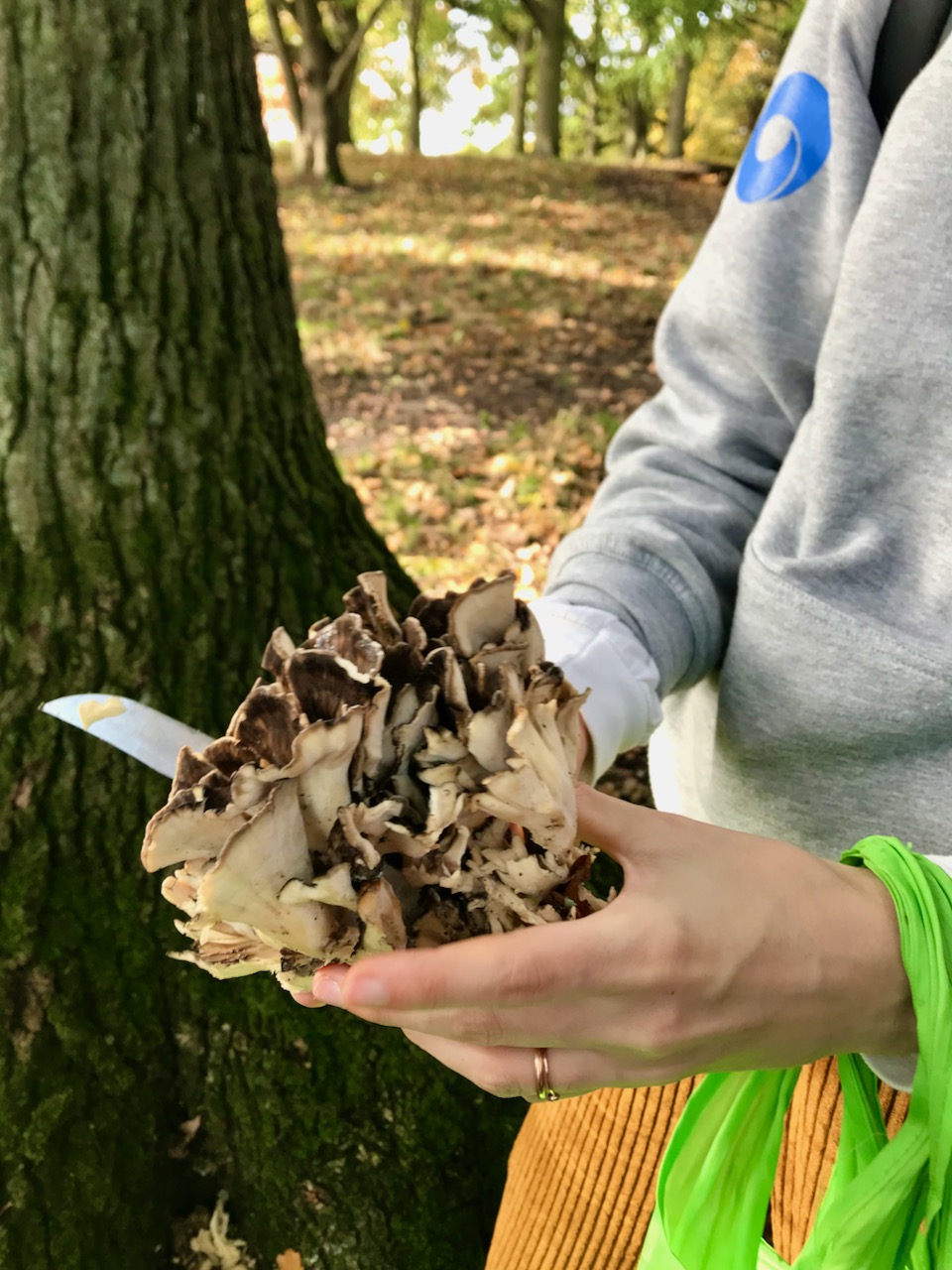
The tastiest find of the day was this hen of the woods. We also found some charcoal burners, parasols, cauliflower fungus and red cracked bolete, which we cooked and ate the next day (after extensive rounds of verification and double-checking.)
I enjoy the process of finding mushrooms in itself, even if we didn’t eat them afterwards. It’s all about paying careful attention. It requires a different way of looking: soft, out of the corners of your eyes. There are certain trees, like beech and oak, where they’re more likely to grow around. Once you learn how to see them, it’s like unlocking a hidden visual layer on the world. Suddenly, there are mushrooms everywhere.
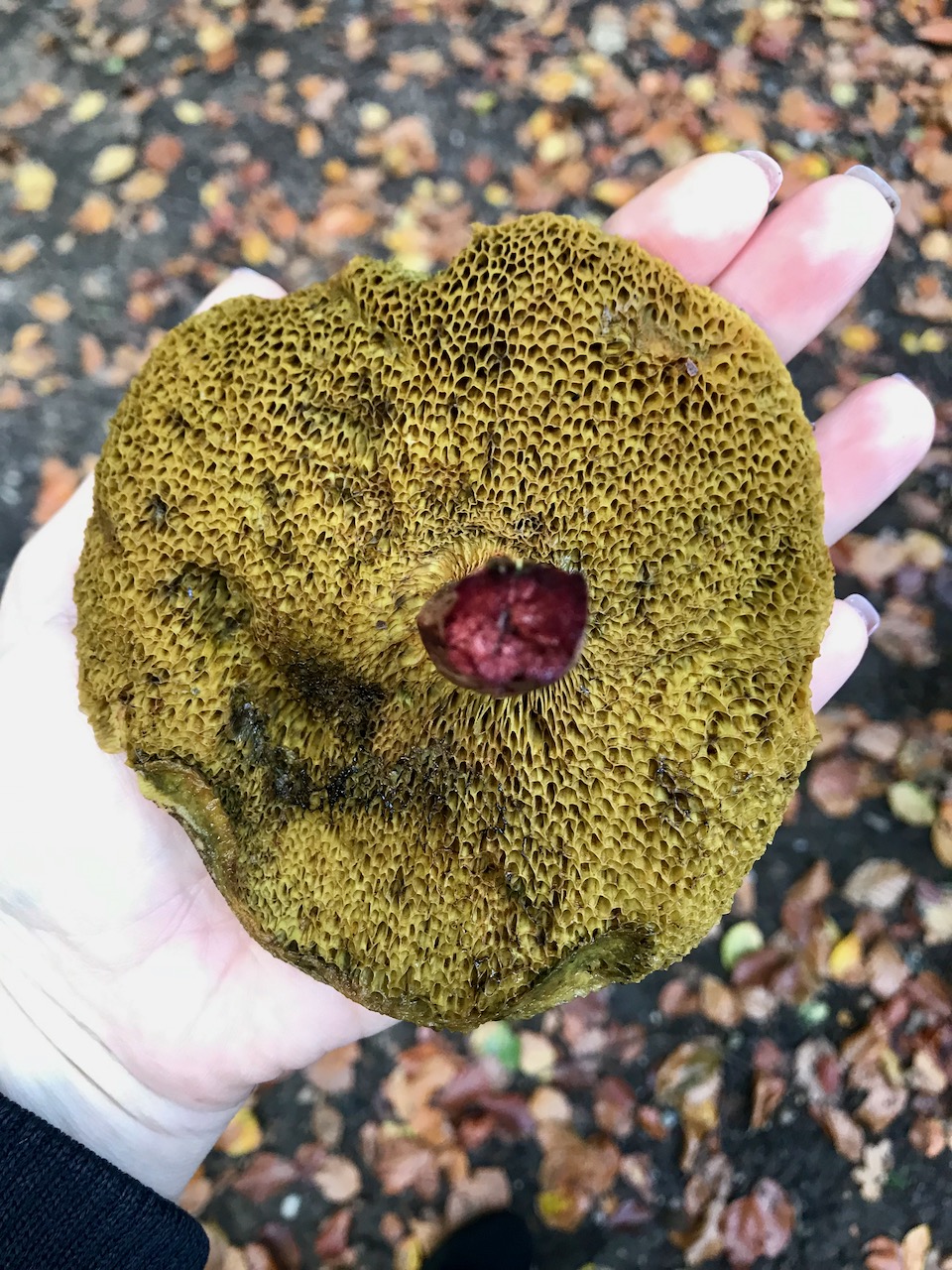
To identify the species, you need to pay even closer attention, examining the mushroom’s structure, shape, texture, gills and smell. I’m following Emergence Magazine’s Writing From the Roots course at the moment and identifying mushrooms reminds me of some of the writing exercises we’ve done: gradually zooming in on something and describing it in closer and closer detail each time.
It takes loads of practice to safely forage mushrooms and I’m not sure we would have eaten any without the guidance of our friends. They recommended two apps for identifying mushrooms: Picture Mushroom and Shroomify. I’ve heard that Mushrooming with Confidence is a really useful identification guide that only includes mushrooms that aren’t easy to mix up with a poisonous doppelgänger. There are also good videos online by Wild Food UK.
🍄
Wales is absolutely beautiful at the moment (and always). The autumn leaves and soft sunlight turn the whole landscape golden and warm.
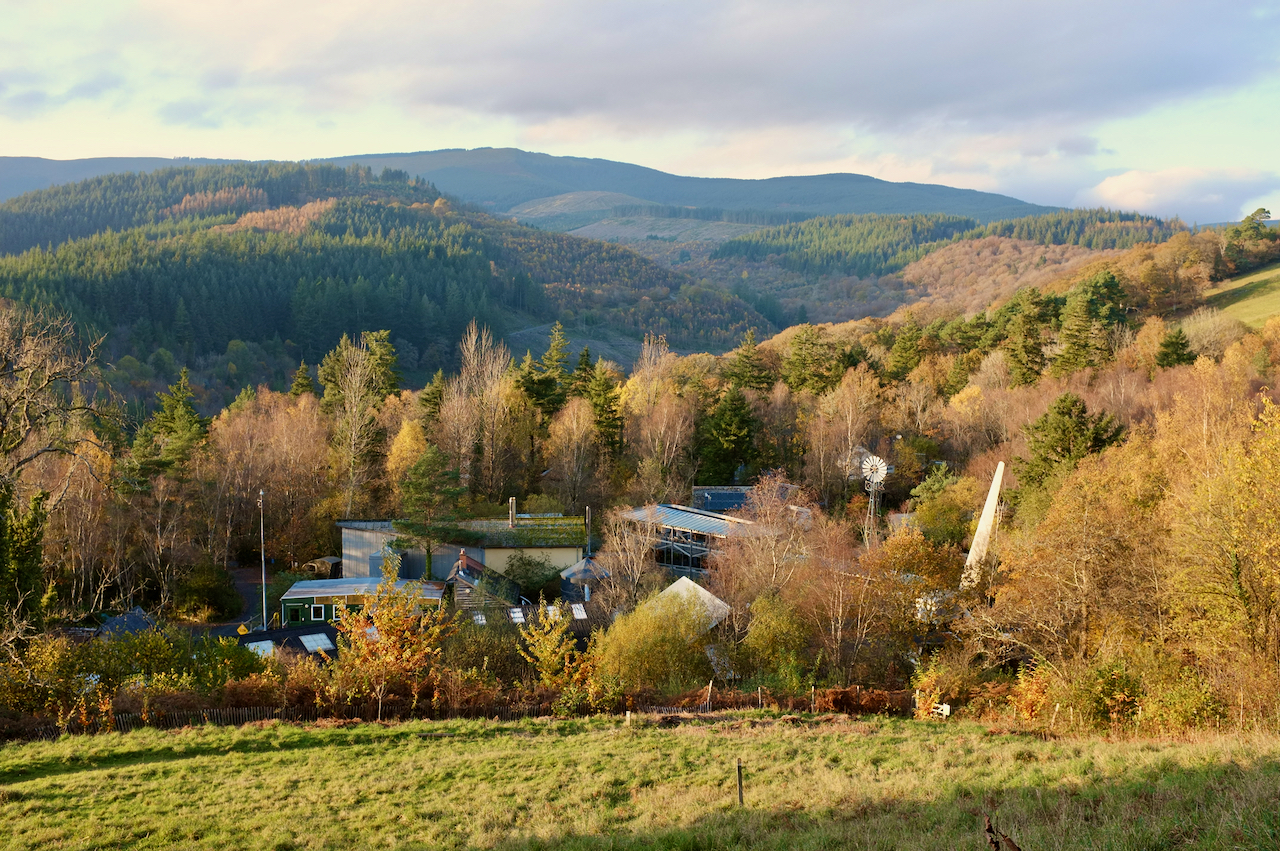
We visited the Centre for Alternative Technology last weekend. It’s an amazing place, built on top of a mountain of waste slate from a nearby disused quarry. The Centre was started by a group of people who moved there in the mid-70s. Their goal was to provide a space where people could test things out and learn how to live more lightly on the earth.
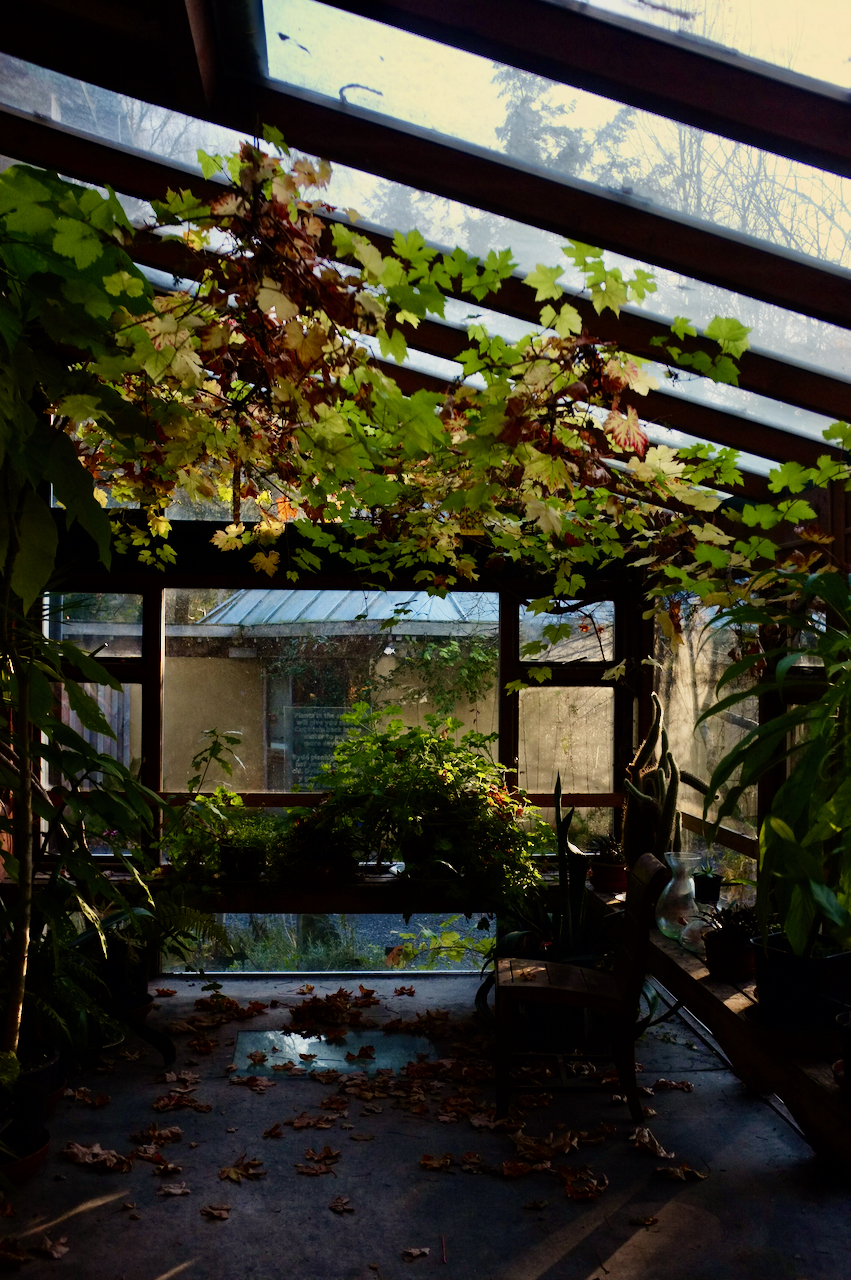
It has examples of different renewable energy technologies, a collection of buildings demonstrating innovative architectural/construction techniques and a few different gardens. It’s all completely off grid, including running its own water and sewage systems.
It was so inspiring to spend time somewhere like this. You can feel how many different people will have contributed towards building the centre and its vision over the years. It really gave us the sense that most of the ideas we need to transition to a zero carbon economy are already there, tried and tested…

This year has been a bit of a weird one because How and I still don’t have a permanent home. We spent the first three months with friends and family in Australia, three months living with friends in Camberwell, six weeks subletting a friends’ place in Hackney, six weeks of visiting friends and holidaying in Europe (Portugal, France, The Netherlands, Germany and Greece), some time at H’s parents place and a few months living in Wales.

▴ Camberwell Beauty
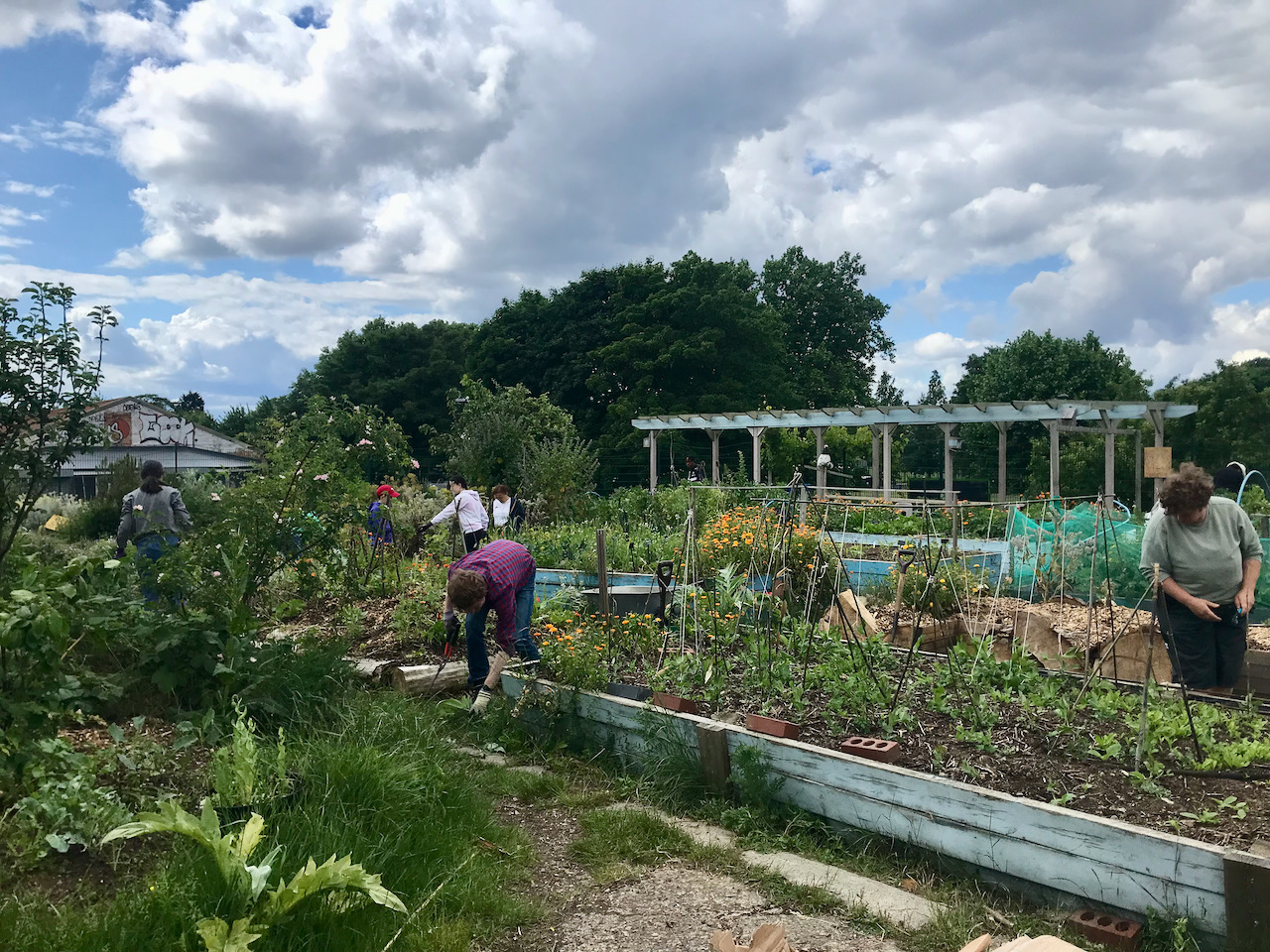
▴ Glengall Wharf Gardens in Camberwell

▴ Visiting Leila & Stu and their boat Dirty Penny in Oxford
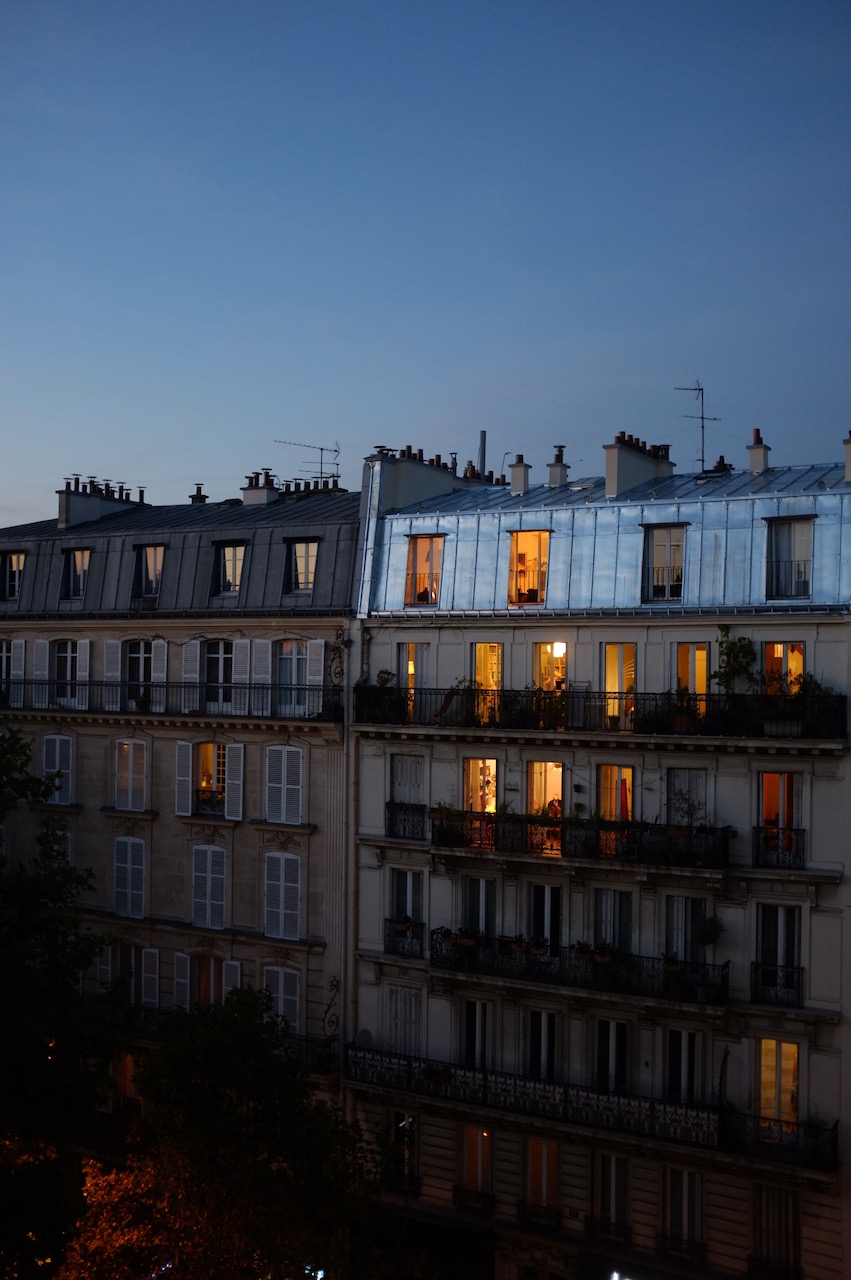
▴ The view from Luke & Reba’s place in Paris
This year we did a few more multiday hikes and I hope next year we’ll do many more. I find hiking to be so meditative. I love walking through different landscapes, being completely connected to my body, seeing the stars, waking up again in the middle of it.

▴ Hiking near Coed y Brenin

▴ Camping next to Llyn Du

▴ Swimming in Llyn y Gader
We also did a lot of camping with friends as it seemed to be everyone’s birthday celebration of choice this year. So much fun. I never did it much as a kid so it’s a bit unfamiliar to me but I’ve found I really love it.


I’ve really enjoying doing more weaving this year — I’ve made a few of them as gifts for friends and family.
Another big change was beginning therapy. I’ve been finding it transformative to have regular sessions. It’s helped me to reflect on big patterns in my life, pay attention to my body and learn frameworks for dealing with future situations, having difficult conversations and giving clean feedback.
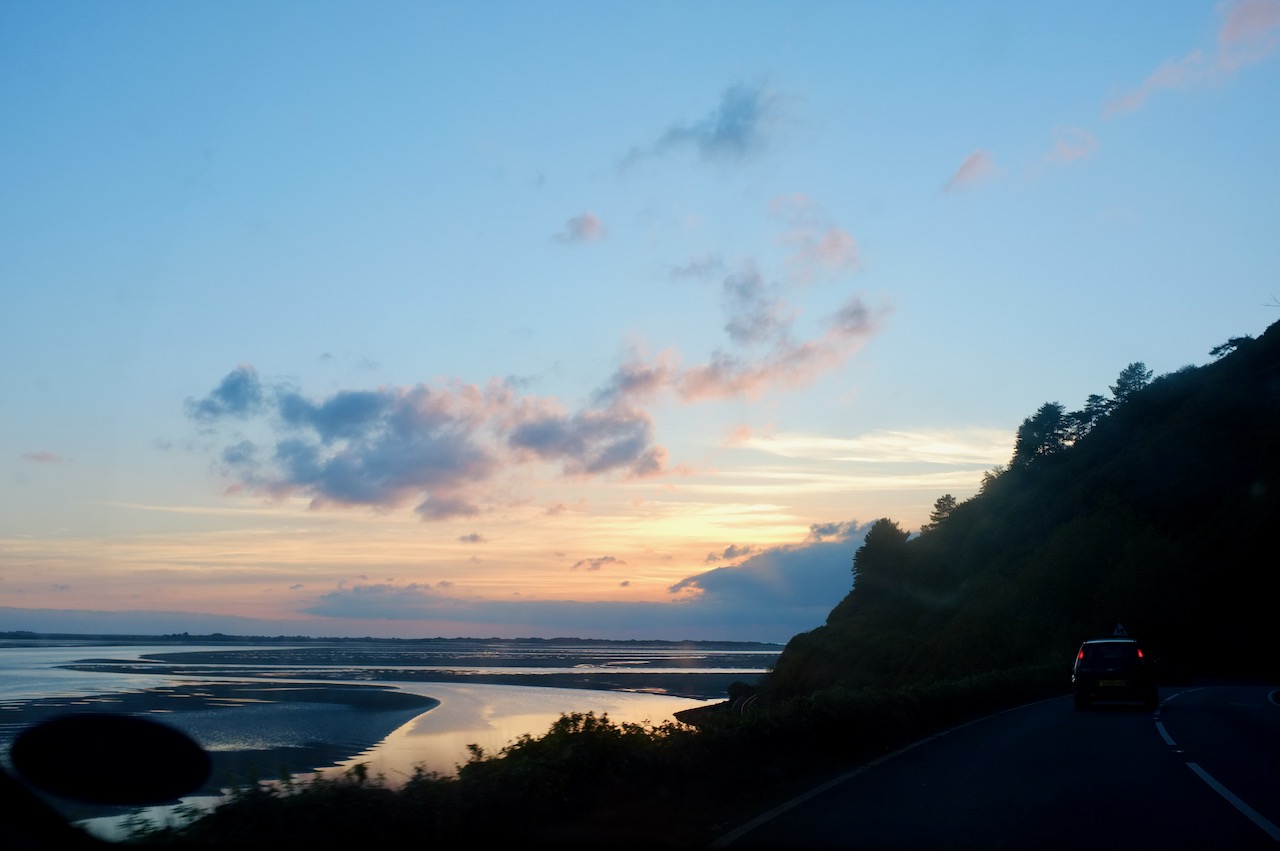
▴ Driving along the coast in north Wales
I read 40 books this year! The ones I enjoyed most were:
I’ve also loved reading books together with Paprika, Benjamin, How and others in Rererererereading Group.
To be honest, this was a tough year for Common Knowledge at times. Although we’ve had plenty of interesting and important work on, our finances at points over the year have been rocky. This has been due to a whole range of factors, some of which were out of our control and some which were just lessons we needed to learn the hard way.
Nevertheless, we’re ending it in a much healthier place than where we started and we’ve learned loads. I feel really optimistic about 2023 for us. We’ve made a lot of changes in how we run that I feel will protect us from future risk. In the meantime, if you think our work is important and want to support it, we have an Open Collective for donations.
Despite this turbulence, I think we’ve done some great work. The type of work we’re doing is evolving slightly. We did some much bigger projects (digital transformation projects rather than campaign websites) and more consultancy/coaching work (rather than delivery). I think both of these are a move in the right direction. The downside is that there’s a lot less to show for it at the end of the year, but I think that’s fine.
The good thing about these bigger projects is that we got to do more extensive research and discovery phases, which I deeply enjoyed. (Shout out to Dovetail for being the best research tool out there.) I feel like I learned a lot about interviewing people and I got over some of my insecurities around this. In particular, Will Myddelton’s framework for running discoveries provided us with a lot of useful guidance.
The biggest project we did was a complete redesign and replatform for Humanitarian OpenStreetMap Team, an international organisation focused on humanitarian action and community-led development through participatory mapping and open data. This was a huge undertaking but we all learned a lot and I’m proud of the result. HOT are still working on the content at the moment but hopefully the new site should be launching early next year.
I really enjoyed working with The Architecture Lobby. I interviewed a bunch of their organisers in the US, which was an interesting look at a different political landscape. We made recommendations for gradually streamlining their entire digital infrastructure alongside redesigning their website, which should also launch next year.
I coached participants of the UnFound Accelerator again this year, which is a program that helps founders turn their ideas into platform co-ops. I also got to (remotely) have a really interesting discussion with John Caserta and the Design & Politics students at Rhode Island School of Design. It was really nice to go back to doing some IRL talks/conversations this year too: at the Weizenbaum Conference in Berlin, with Good Times Bad Times in Rotterdam and at The Forest Multiple symposium in Cambridge.
We also had some internal changes within the team: we hired Anna T to help us manage our projects and the co-op in general, and Jamie joined us for a year-long placement from Kingston College of Art. We also did a lot more work with our associate members Everin and John. It’s so nice to have more people join the co-op and I really hope this continues next year. As ever, I feel so grateful that I get to do what I love with people who love it too.
Although it’s been wonderful to freely move around this year and see people that we haven’t seen in years, How and I are at the point where we really need to put down some roots and stay still for a while.
It’s taken quite a while to decide where we should live. I kept getting into endless cycles of rumination and indecision: weighing up options, worrying if they’re the right one.
One of the things that I’ve learned this year is that at a certain point, any decision is the right one. We just have to try it out and see. If we don’t like it, we can change our minds. It’s funny because this is one of the principles of sociocracy that is so foundational to our work at Common Knowledge: “is it good enough for now and safe enough to try?”
You can only ever choose to take the next most elegant step. The best decisions I’ve ever made have been full of uncertainty at the time: choosing to quit my job in Brisbane and spend six months in Europe (which has now become 10+ years); moving to London which led to getting involved with Evening Class and then Common Knowledge.
Anyway, what we’ve decided is to move to Lisbon early next year. If all goes well and it feels like a good fit, we’ll hopefully look for somewhere just outside one of the cities and start on our housing co-op dream. We’re inspired by people who are doing this already like re:gen, Casa Beatrix and Project Kamp in Portugal, as well as collectives like Robida and Brave New Alps in Italy. Who knows where this step will lead, but I’m very much looking forward to 2023.

▲ Lisbon in late summer
This year feels so full already and it’s only March. All the energy I would have usually spent on writing has been going towards moving country and relaunching the Common Knowledge website. Things are starting to feel a bit more settled this month though.

Some photos from this weekend.
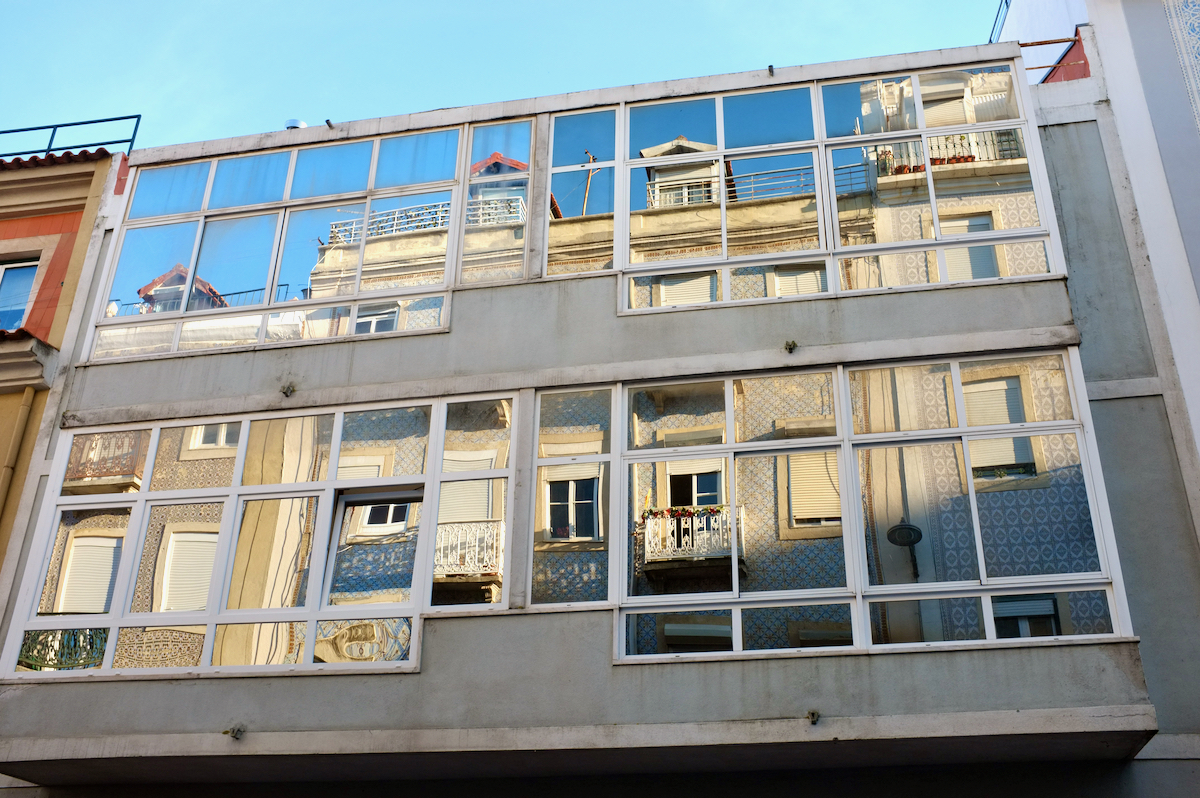


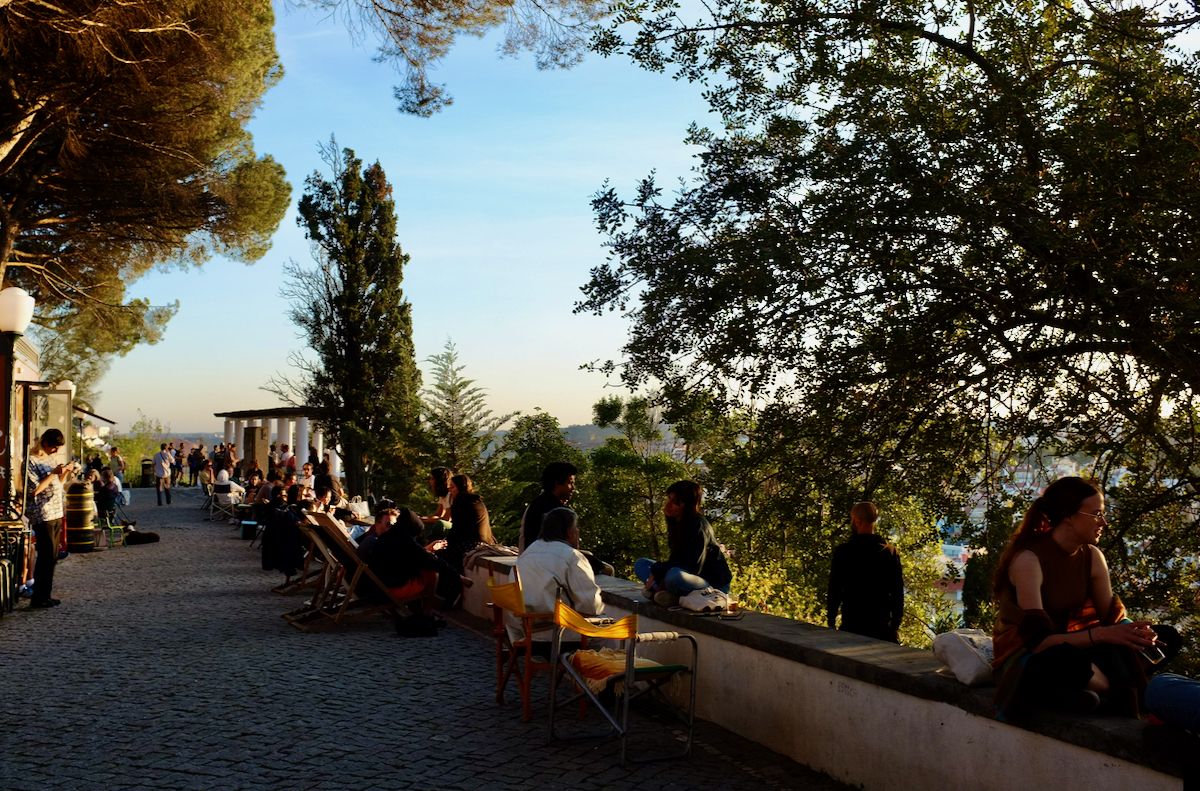
We spent today cleaning up our garden and planting some seeds that Susana kindly gave us last weekend — tomatoes, butternut squash and zucchini — as well as some wildflowers and cat grass. The cat that regularly visits us watched us intently as we worked. Later in the afternoon, two new cats visited to investigate the changes too. We must be doing something right.
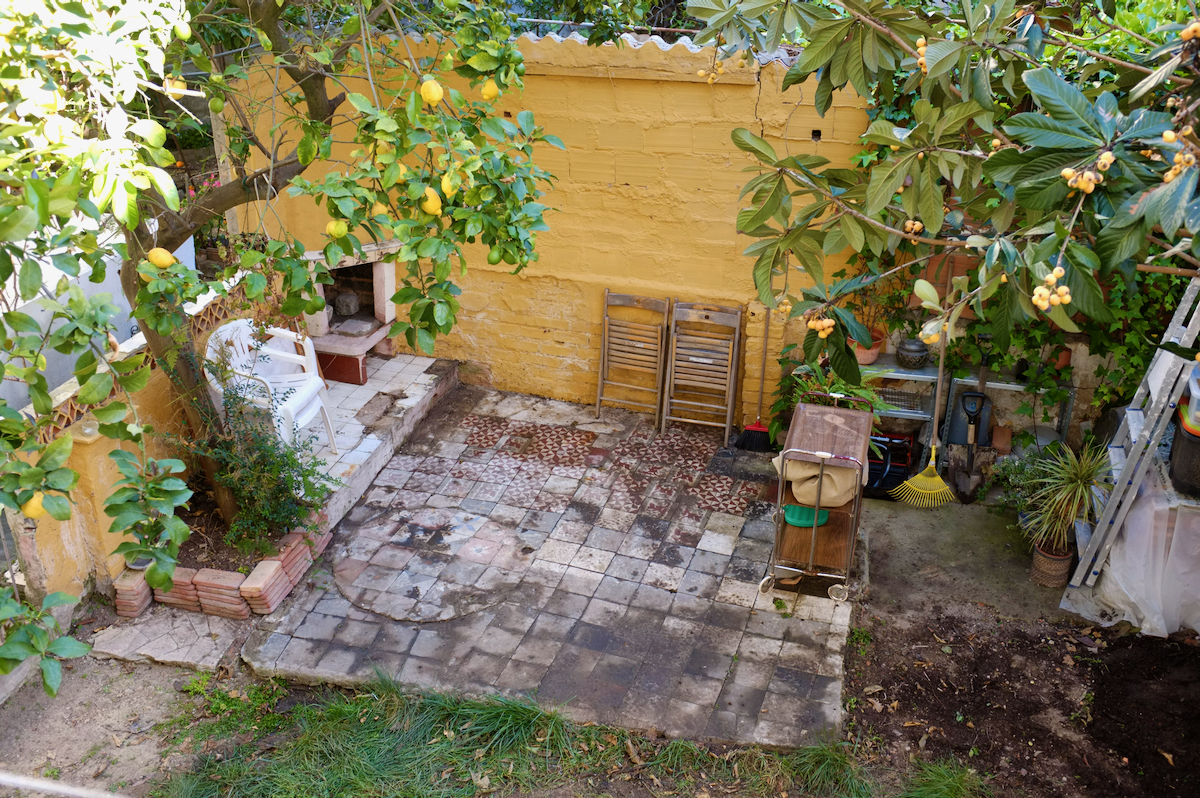
We’ve worked out (also thanks to Susana) that the yellow fruit is a loquat (nêspera is Portuguese). They taste very sweet and somewhat like apricot. H picked some and made them into a jam — two parts loquat to one part sugar and one part water, with lemon juice, cayenne pepper and rosemary.
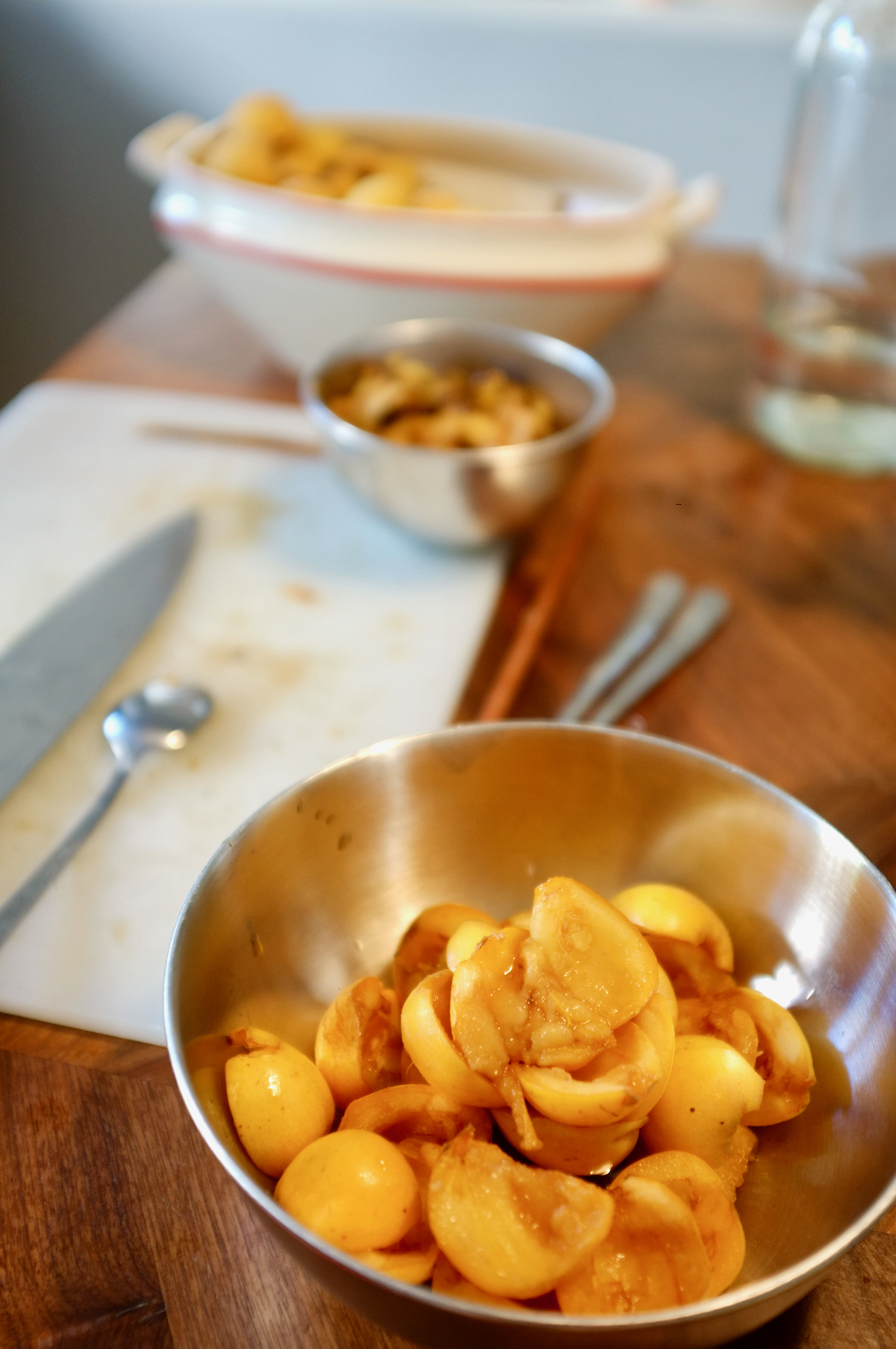
We also planted basil, mint, coriander, parsley and thyme in pots to sit on our kitchen bench.
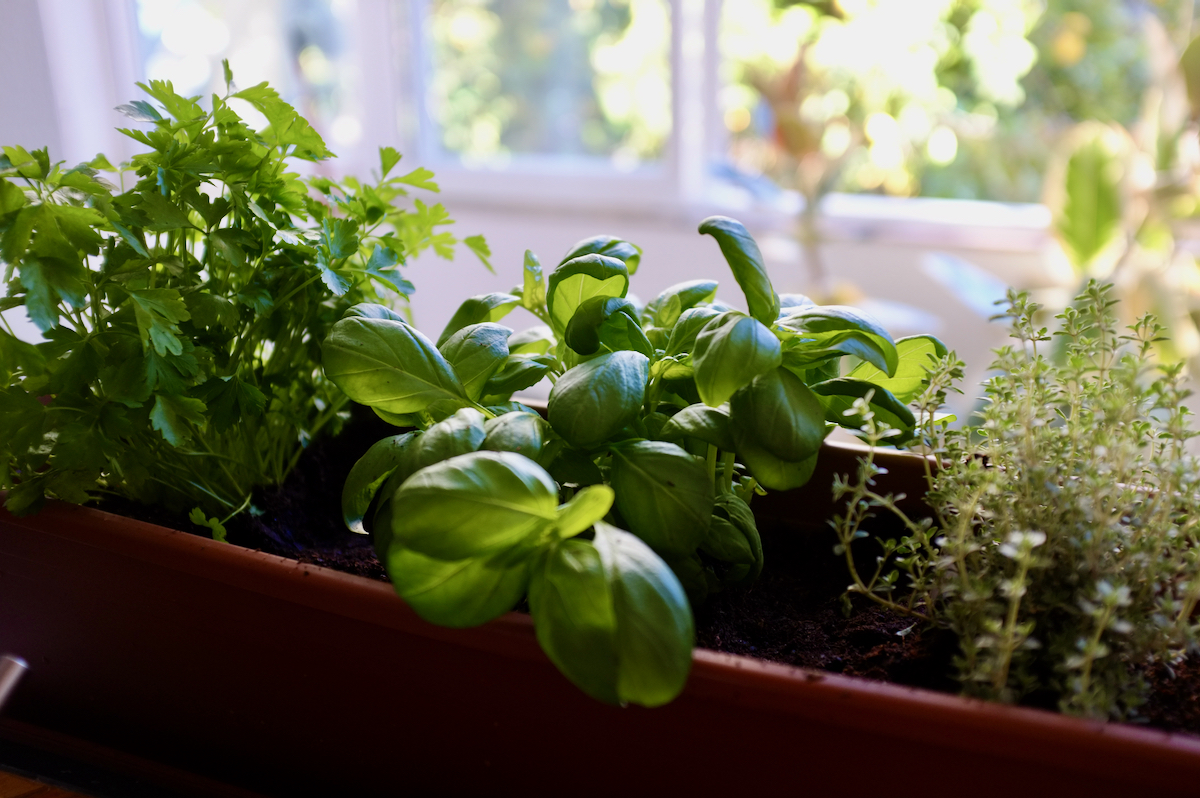
I love my riso-printed calendar by Lauren Doughty. Happy April!

A few weeks ago we visited Cooperativa Integral Minga, a multisector co-op in Montemor-o-Novo, about an hour east from Lisbon in the Alentejo region.

They have around 100 members across four branches: agriculture, products, services and housing. These branches run as autonomous working groups using sociocracy. They also have a number of elected administrative roles that make up their board.
Anyone living in the area around Montemor can pitch an idea to join the group, as long as their practice is in accordance with Minga’s values: sustainability and degrowth. Once they join, they can run their company through the co-op rather than individually, sharing resources and lowering costs for everyone. In return, 5% of each invoice goes towards Minga.
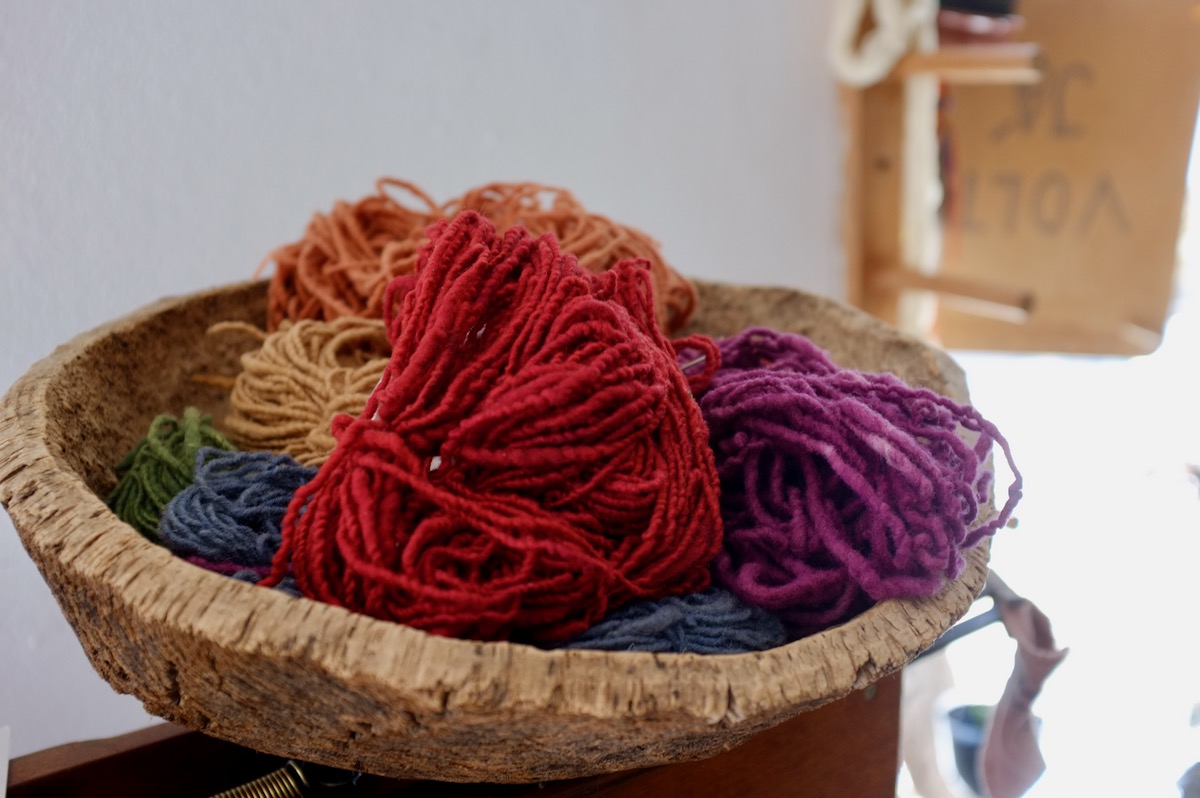
They have a small store in the centre of town where you can buy local and seasonal fruit and vegetables, groceries, ceramics and textiles from co-op members. The shop is a way of promoting locally sourced goods, fair trade and a circular economy. Everything is grown or made by hand, with natural materials and human energy.
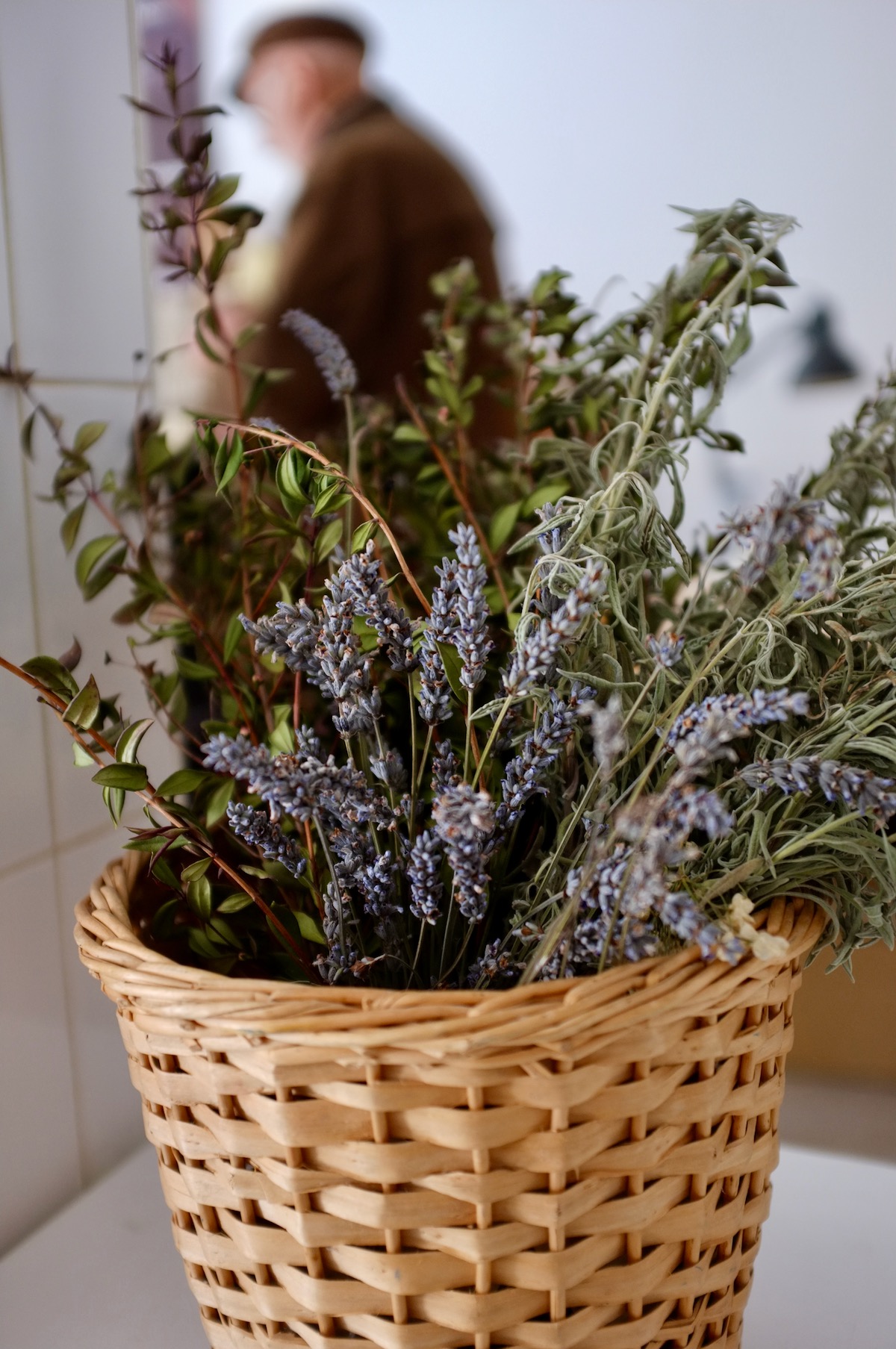
On one of the shelves there are skeins of cream and brown yarn, produced by Suarda. Last year, two cooperators (Jorge and Telma) started the company, which is focused on encouraging fairer and more sustainable wool production from all angles: fair prices for producers, improved animal welfare, and a regenerative approach to environmental stewardship. It’s an attempt to create an entirely new value chain around wool and revive the national textile industry.
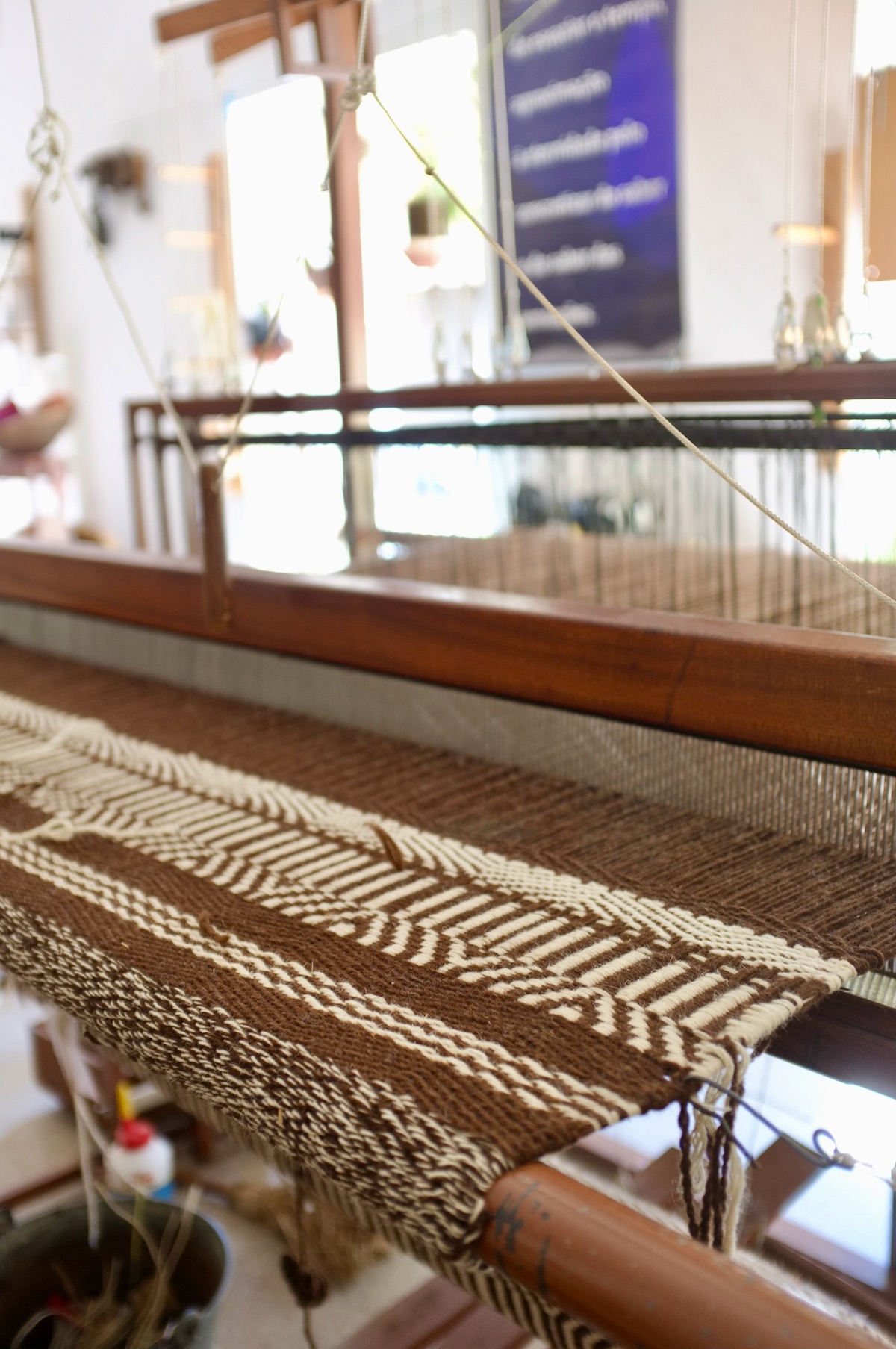
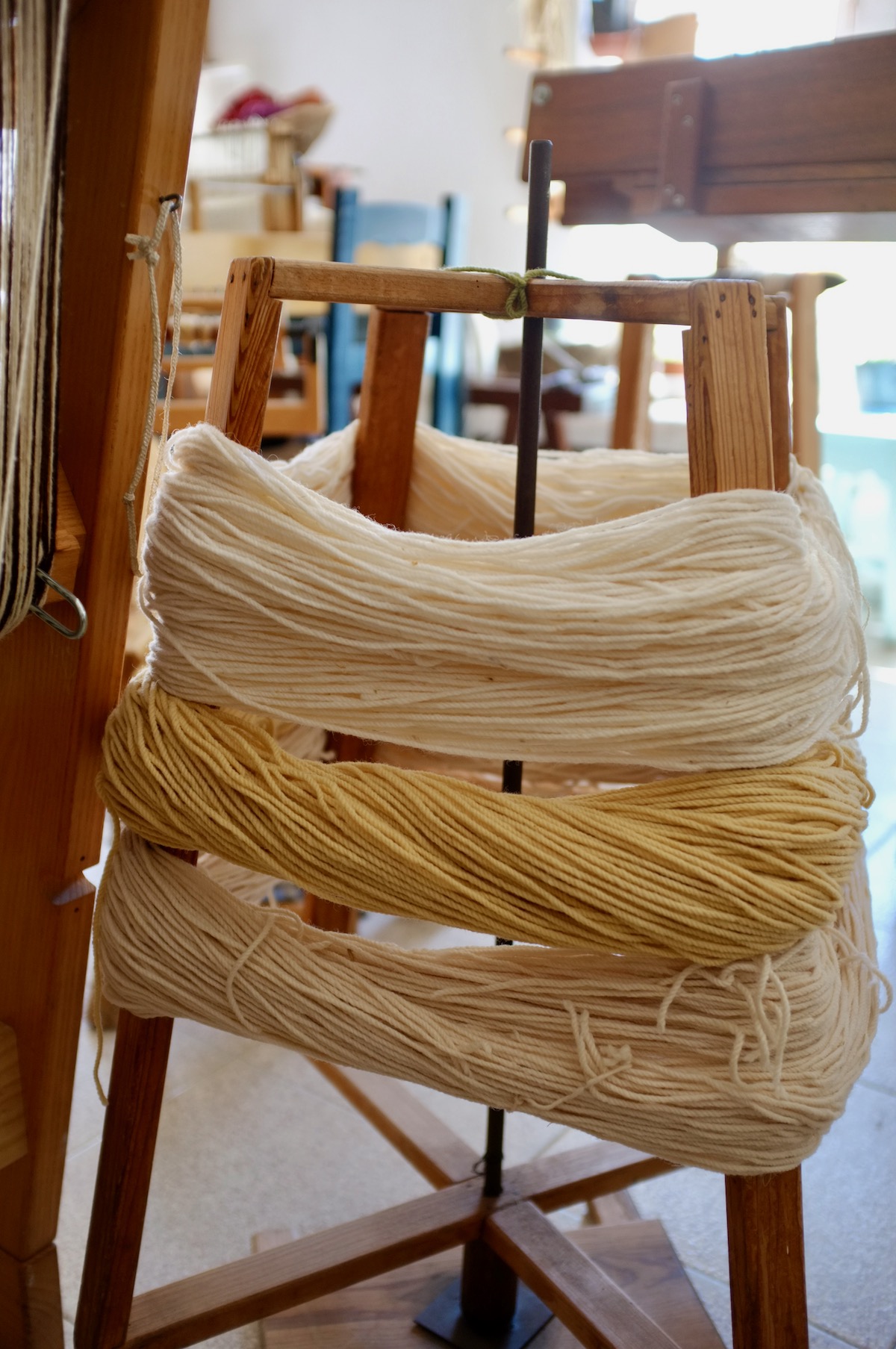
Around the corner from the store is the Espaço Integral, a coworking and event space which houses a communal library, seed swap and some wooden looms. Another cooperator (Teresa) weaves with Suarda wool there, sharing her knowledge with anyone who is interested in learning the craft.
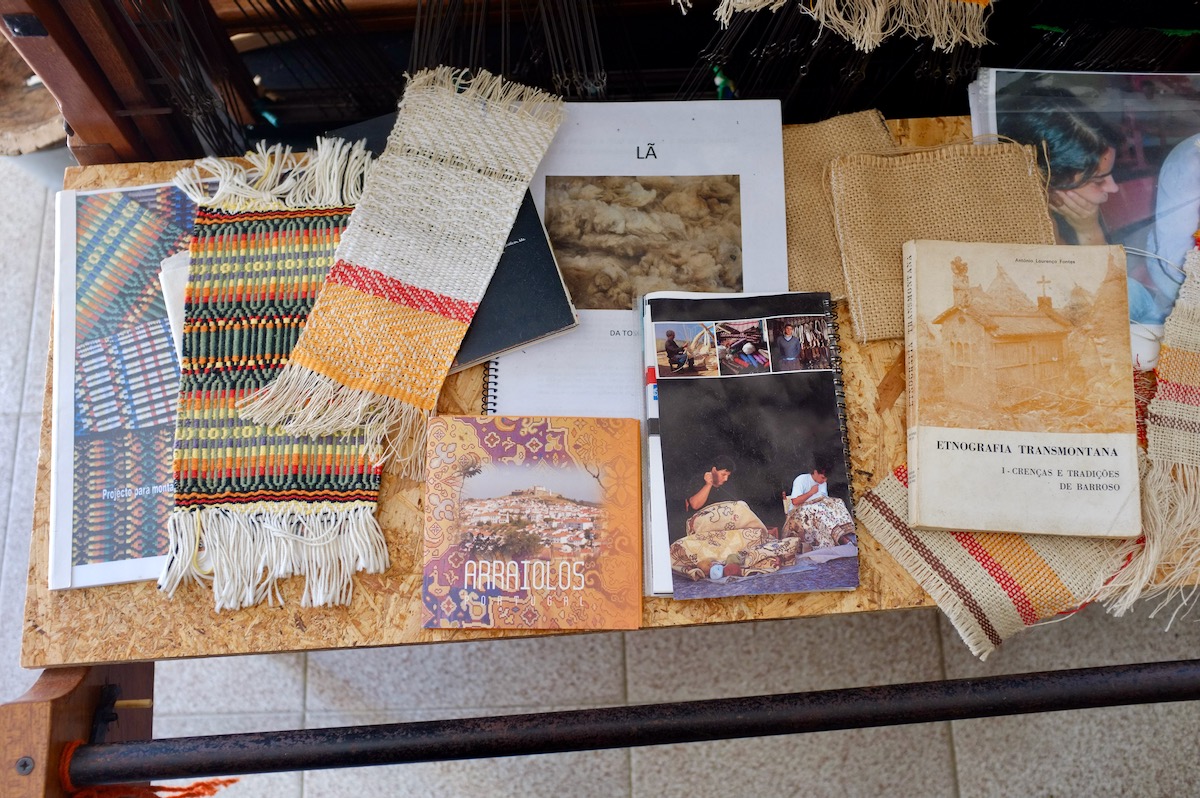
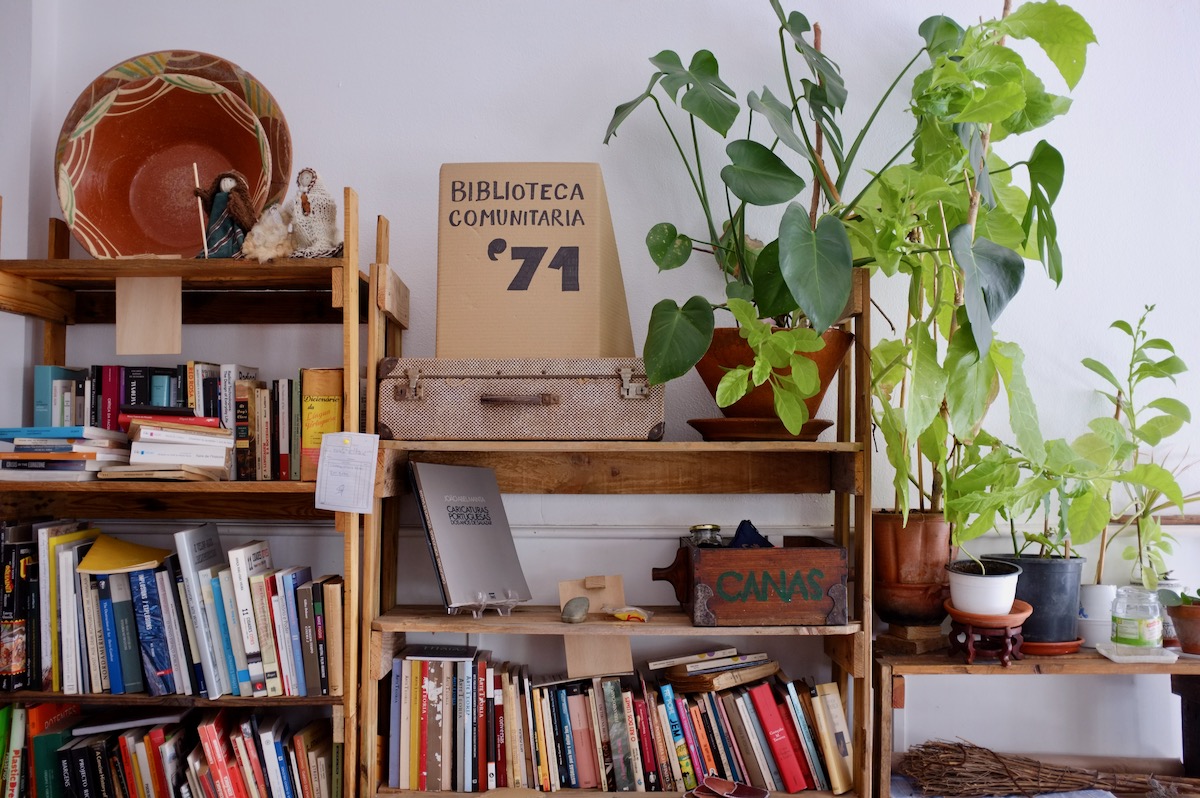
For me, the fascinating thing about Minga is how it weaves together so many strands of life: from food to housing to work to education to health. They share the same cooperative values, but operate at a whole different scale to a worker co-op. Rather than focus on one industry, it’s possible to work in collaboration with many other in order to address issues across and between sectors, with a philosophy of degrowth underpinning everything they do. The people involved have such a wide range of expertise, sharing knowledge across different sectors and different generations. They are deeply rooted in Montemor, slowly creating a commons from which everyone can benefit.
I’ve just come back from an inspiring week at the Community Economies in Action practice retreat in Terragnolo, Italy. It was designed and facilitated by Bianca Elzenbaumer, Kate Rich and Flora Mammana as a practical counterpart to the Community Economies Institute’s summer/winter school.
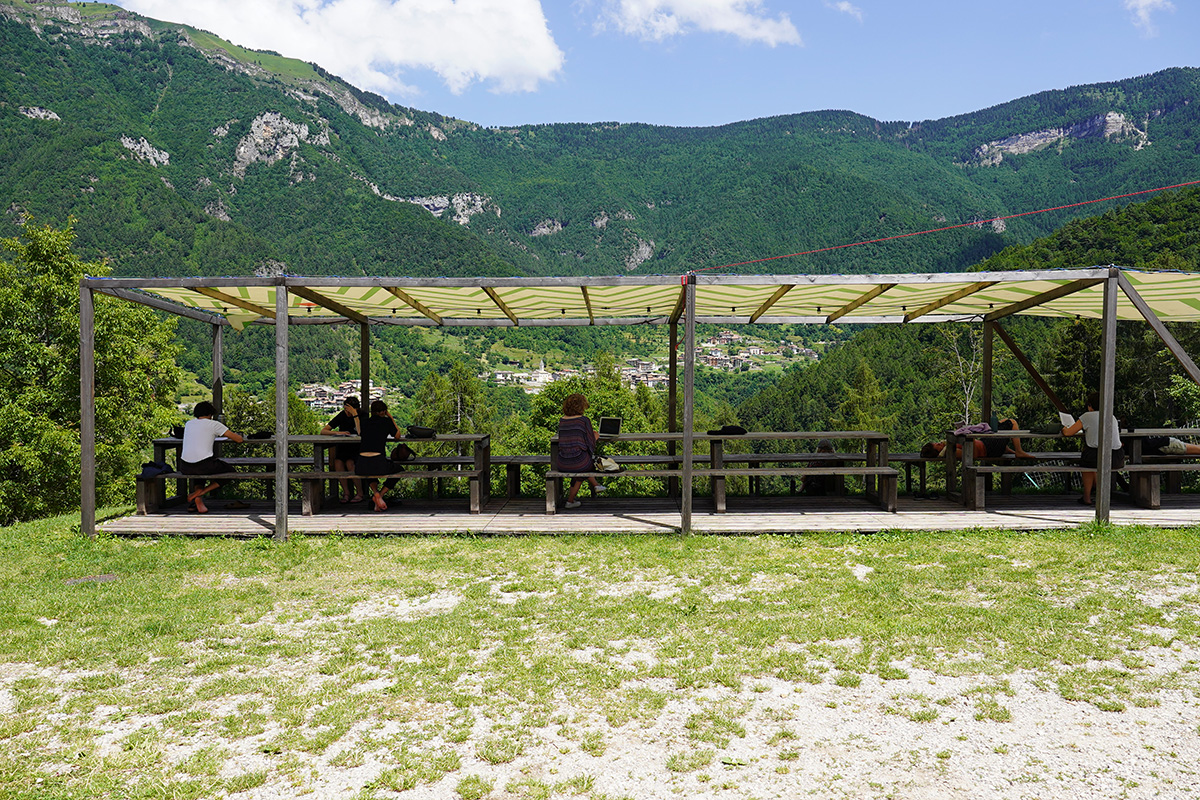

There were 24 participants with a diverse range of practices: academics and researchers, artists and designers, gardeners and organisers. Everyone was somehow involved in community economies, whether through a food / worker / housing cooperative, ecovillage, market garden, urban landscape, band, radio program, library of things or design lab. Over the week, we learned about all these diverse forms of commoning, exchanged ideas and identified new methods for collaborative survival. We were encouraged to be honest with each other about our struggles as well as celebrating our successes.
Underpinning the retreat were the ideas of J.K. Gibson-Graham, two feminist geographers from Sydney who collectively wrote books like The End of Capitalism (As We Knew It) and Take Back The Economy. Their work is all about rethinking the economy by foregrounding diverse economic practices and giving them credibility. These diverse economies include unpaid labour, cooperatives, Community Supported Agriculture, alternative currencies, voluntary organisations, underground economies, gift giving, foraging and barter.
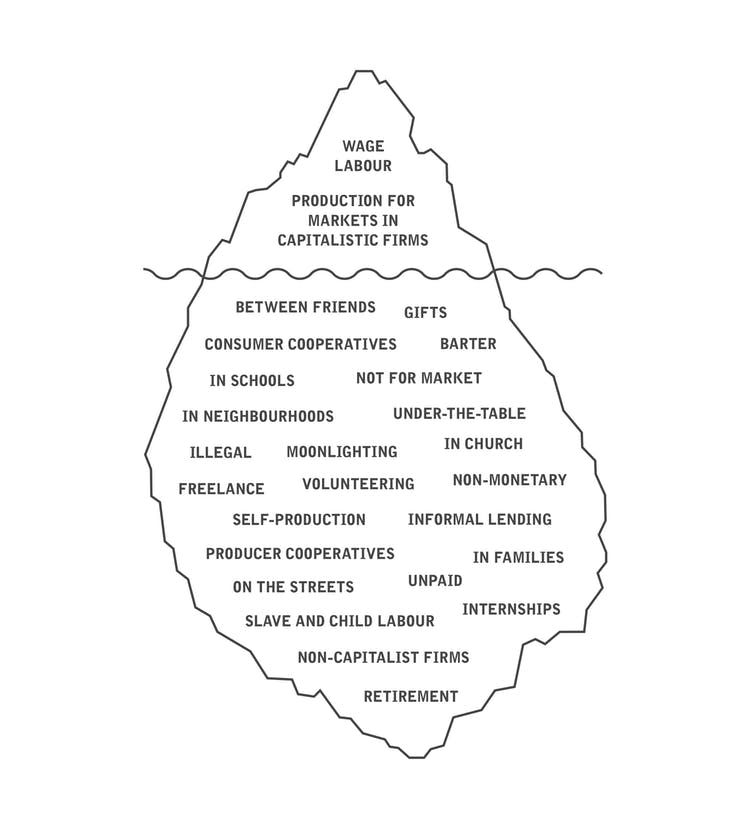
▲ Iceberg model diagram by Bianca Elzenbaumer, Brave New Alps
The programme itself was quite emergent, with open spaces where we could propose our own ideas and free time for rest and reflection. Although there were some readings and a lot of deep thinking, there was also a strong focus on connecting with the land and with our bodies. We learned about the long history of commoning in the valley from our host Gianni of Il Masetto. One afternoon we went for a hike on a nearby mountain and foraged edible plants. We did a contact improvisation dance, swam in the river many times and cooked food together.
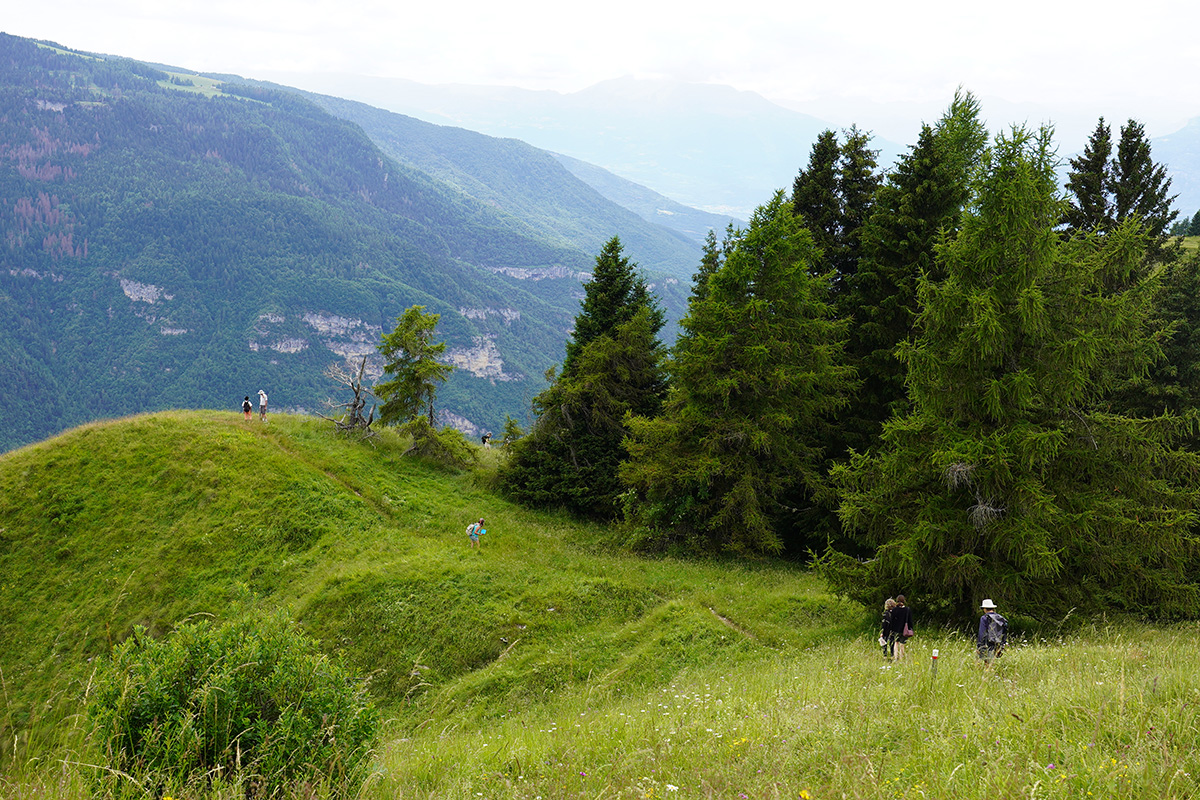



▲ Photos by Flora Mammana
We read two of their essays and reflected on the conversations they opened with our practices. The first, Economy as Ecological Livelihood by J.K. Gibson-Graham and Ethan Miller, suggested that we need to see the economy as something deeply entangled with everything else (social and ecological) rather than some separate sphere of human activity.
If we cease to think of ourselves as singular, self-contained beings and begin to think alongside, for example, the multiple communities of bacteria and bacterial symbionts from which we continually take shape and of which we are but fleeting, temporary manifestations (Hird 2009; Hird 2010); or if we place our activities in the context of the billions-of-years-old, emergent, planetary-scale process of bio- logical self-construction known as “Gaia” (Lovelock 2000; Harding 2006; Volk 2003), it is no longer possible to identify a singular “humanity” as a distinctive ontological category set apart from all else.
What difference might it make if we accept that from the scale of Gaia, to the scale of the microscopic bacteria that form the laboring basis for nearly all biological energy production and transformation, there is a “we” bound together in myriad interrelationships that are themselves the very conditions of existence for our sense of a human “we”? Being-in-common—that is, community—can no longer be thought of or felt as a community of humans alone; it must become multispecies community that includes all of those with whom our livelihoods are interdependent and interrelated.
They suggest four ethical coordinates to navigate the question “How do we live together with human and non-human others?”:
PARTICIPATION: Who is the “we” that participates in the constitution of livelihoods and community economies? This involves cultivating forms of knowing and becoming that open us to the complexities of our interdependencies, to their animate interactions with us, and to the forms of responsibility this calls forth.
NECESSITY OR SUFFICIENCY: What do “we” need for survival? What constitutes “enough”? This includes asking about what is necessary for the dignified survival of all living beings and communities with whom we are inter-dependent, and about how we might consume in ways such that one species’ or community’s consumption does not compromise the survival chances of others.
SURPLUS: How do “we” produce, appropriate, distribute and mobilize surplus? Our new accounting must include surplus that is generated not just by human labor, but by the work of plants, animals, bacteria, fungi and dynamic energetic systems.
COMMONS: How do “we” make and share a commons, the material commonwealth of our community economies, with this new, more-than-human “we” in mind? Can we, for example, begin to see the chickens, bees and fruit trees of a cooperative farm not as part of that farm’s commons (as shared resources), but rather as living beings partici- pating in the co-constitution of the community that, together, makes and shares the farm?
The second text, Diverse Economies: Performative Practices for Other Worlds, highlights all the diverse economic practices that already happening in the here and now.
Gibson-Graham take a post-structuralist approach to the idea of capitalism. Rather than just adding new or forgotten categories to the existing definition, they instead want to completely restructure how we understand the economy. Economic activities are usually defined in terms of their relationship to capitalism, the master signifier — everything exists in relation to it, whether that’s as a complement or supplement, against or within.
In The end of capitalism we addressed familiar representations of capitalism as an obdurate structure or system, coextensive with the social space. We argued that the performative effect of these representations was to dampen and discourage non-capitalist initiatives, since power was assumed to be concentrated in capitalism and to be largely absent from other forms of economy. In the vicinity of such representations, those who might be interested in non-capitalist economic projects pulled back from ambitions of widespread success – their dreams seemed unrealizable, at least in our lifetimes. Thus capitalism was strengthened, its dominance performed, as an effect of its representations.
They argue that we need to move instead to seeing capitalist practices as one element within a landscape of diverse economies. By moving beyond this capitalocentric viewpoint, we open up space for imagination and new possibilities. We can begin to imagine new worlds that we want to participate in building.
What if we were to accept that the goal of theory is not to extend knowledge by confirming what we already know, that the world is a place of domination and oppression? What if we asked theory instead to help us see openings, to provide a space of freedom and possibility?
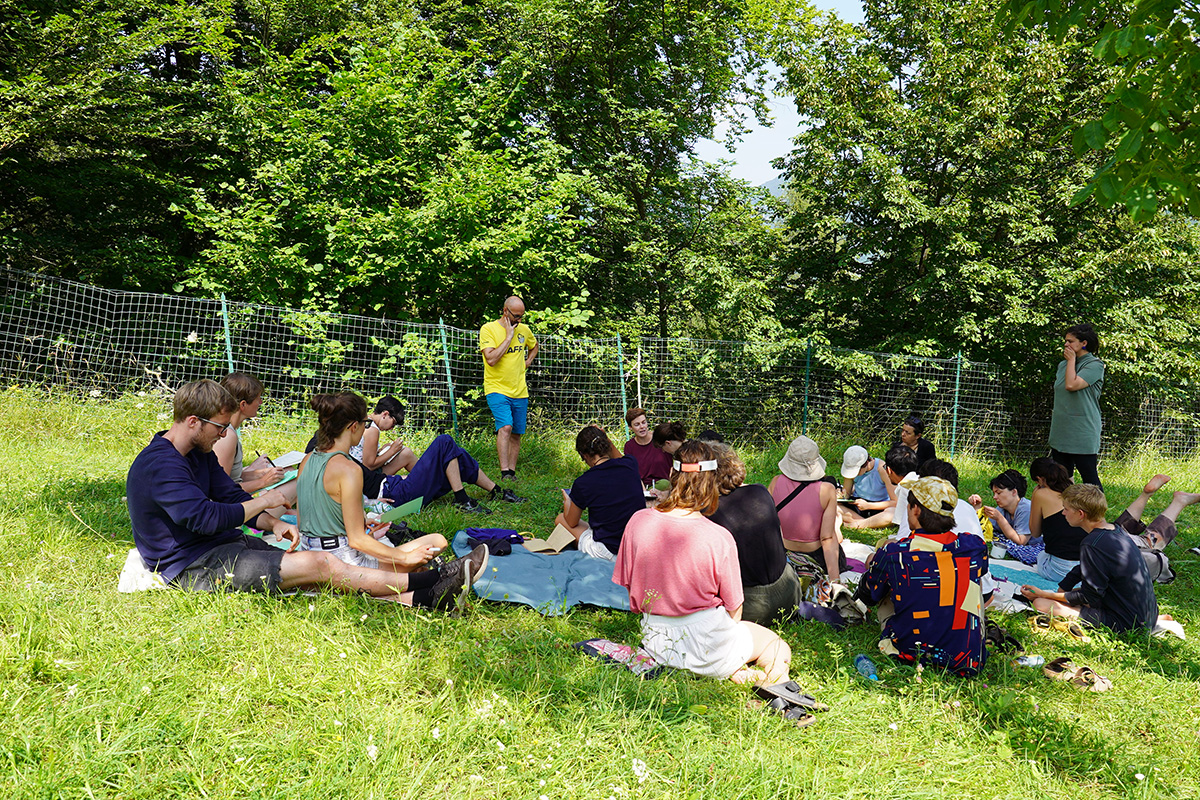

▲ Photos by Flora Mammana
We discussed the text together, asking ourselves:
I found the discussion and the overall framing incredibly generative. Rather than seeing ourselves as fighting against some all-encompassing, all-powerful system, it’s about shifting focus to seeing all the diverse possibilities that already exist and that could exist in the near future. Our discussion was focused in on the tangible and the concrete: what we’re already doing, what resources we already have, useful tools and techniques to continue and deepen this work. There is something so optimistic and playful about this approach.
Our interest in building new worlds involves making credible those diverse practices that satisfy needs, regulate consumption, generate surplus, and maintain and expand the commons, so that community economies in which interdependence between people and environments is ethically negotiated can be recognized now and constructed in the future.
We spoke to Katherine Gibson via Zoom one morning. One question that someone asked her was around critique and resistance — how do you keep proliferating possibilities when the whole system is working against you? She suggested that we don’t need to make things harder for ourselves by imagining big bad capitalism always waiting around the corner to gobble up our attempts. It’s easy to be angry at what’s there, it’s much harder to imagine and create desire for the not-quite-yet. You have to imagine that it is possible to create new worlds, working with fragments and wreckages, balancing fighting with building.
We did two mornings of Feral Clinics, a practice adapted from Kate Rich’s Feral MBA and previous iterations of this retreat. Each collective or practitioner took turns hosting a session, arriving with one crucial question that they’re currently facing in their practice. The rest of the group took turns either asking questions or holding space, helping the host to work through their own problems through active listening and thoughtful questions. Rather than asking questions out of your own curiosity, we were encouraged to ask questions based on what the person needed to hear, to help them draw their own conclusions.
In the first round, we helped the host fine-tune their question to the group. In the second round, we helped them proliferate possibilities. In the final round, we helped them identify the next, most elegant steps — a term that adrienne maree brown uses to refer to small, achievable and exciting steps forward, so easy to make that they feel like dancing.
Focus on critical connections more than critical mass—build the resilience by building the relationships.
— adrienne maree brown
The week opened up a lot of questions for me. I found it challenging at times because I started to doubt my own practice, particularly in relation to digital technology. At Common Knowledge, we focus on understanding patterns shared by a broad range of political organisations and using the affordances of technology to help scale up their activities. It felt a long way from the practices of other people there, which was much more place-based, focused on working with their own local community.
I was lucky to have a two-hour mentoring session with Ethan Miller remotely from his housing co-op in Wabanaki Territory / Maine. I feel so grateful for the facilitators for setting this up because there were so many overlaps between the questions I had for my own practice and the work that he’s been doing for decades. We spoke about the challenges of being part of cooperatives and other non-hierarchical organisation models, how they set up their Community Land Trust, feminist science fiction, building capacity and desire within communities, being rooted in a particular place, commoning infrastructure… lots for me to think about!
I found it really heartening that quite a few of the other people there were also puzzled about where to live and how to balance the desire/need to travel with the need to belong to one community. I find it really difficult, as an immigrant from Australia who has lived for the last 12 years in The Netherlands, the UK and now Portugal, to understand where I belong. I also can’t imagine a life where I stay in one place and never travel — I would lose connection with so many of my friends and family, to familiar landscapes and to my past. At the same time, I feel a real need to slow down and feel rooted in one place.
Some of the questions I want to explore further are:
How can we work on a local community level and respond to all the idiosyncrasies of a specific place, but also still make sure we’re connecting with other initiatives, learning from each other, sharing resources and acting in ways that will have an impact on the planetary challenges we face?
When does it make sense to stay small, and when does it make sense to start organising on the national or international level?
What does place-based, small scale, low tech, convivial technology actually look like?
Is there a way to have community if you also need to travel? Can we develop communities across borders, with protocols and rituals than ensure a fair exchange between rooted and transient types? Can we develop new models of kinship and solidarity that enfold all these different needs and contradictions?
How do we create the desire for self-governance and economic experimentation in more people?
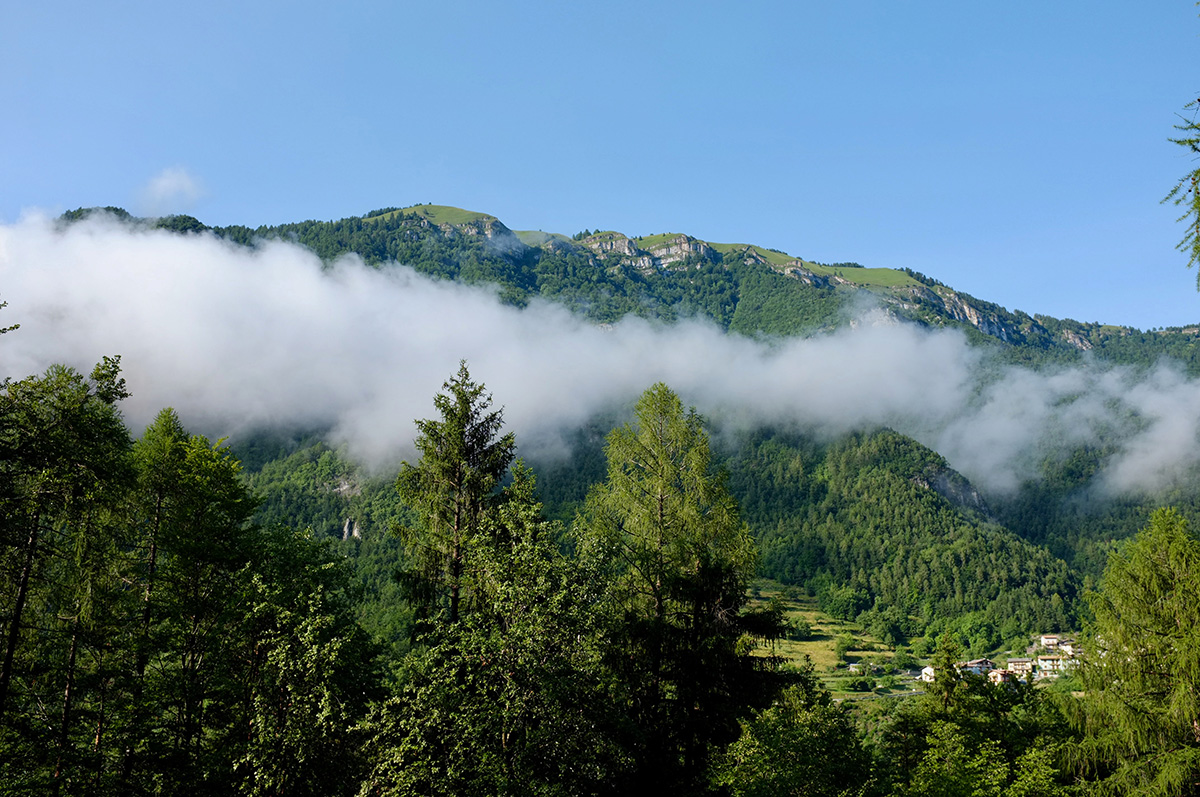
PS — How & I chatted to Vida from Robida Collective about the retreat when we visited Topolò last week — listen here.